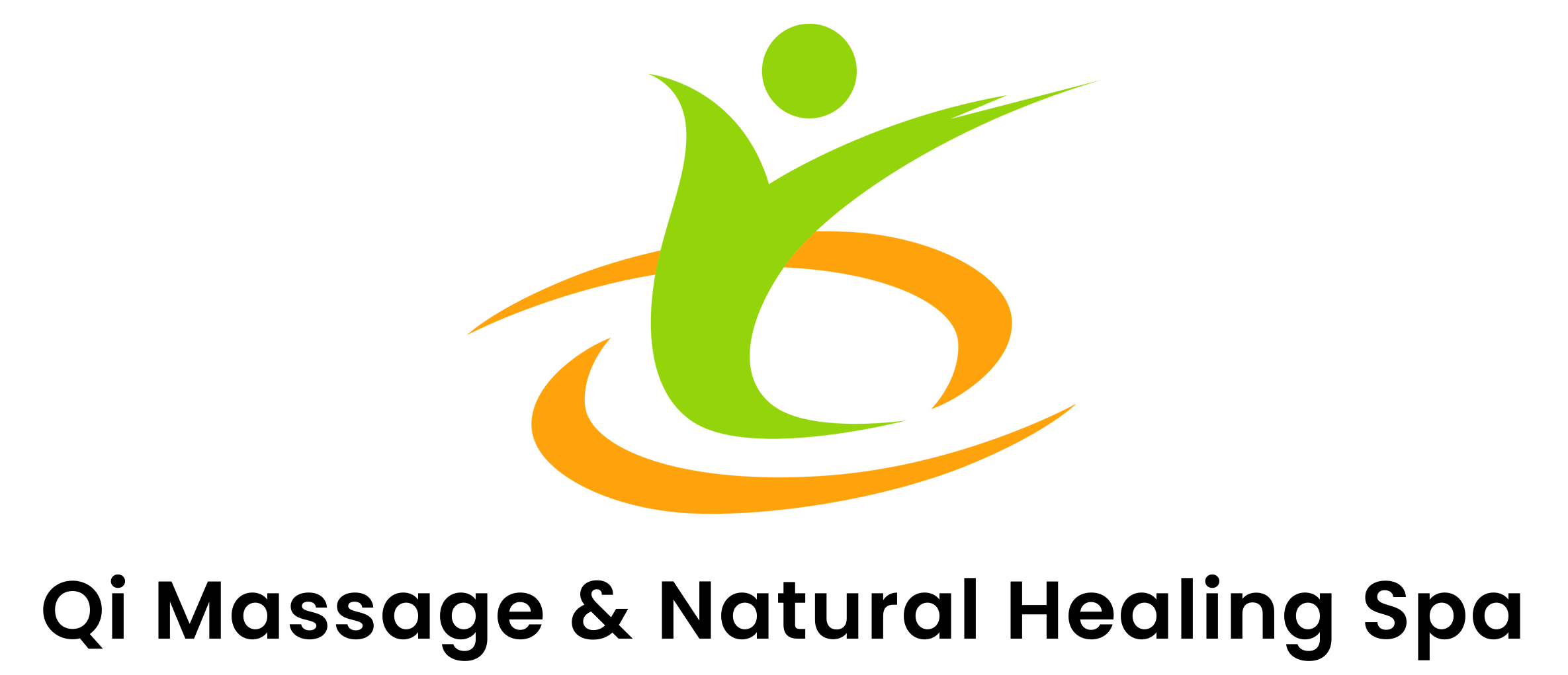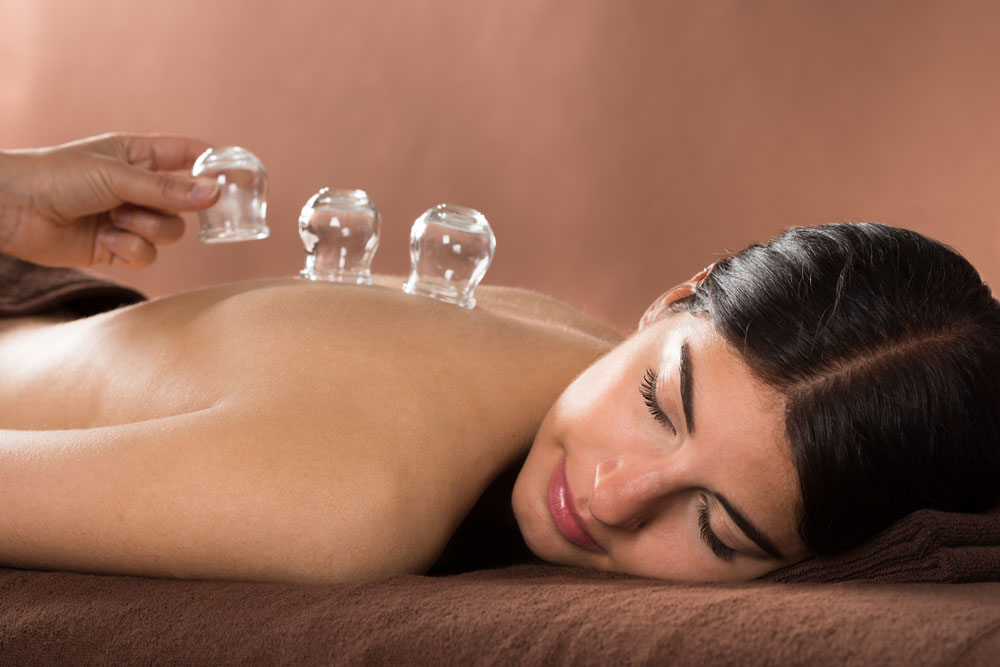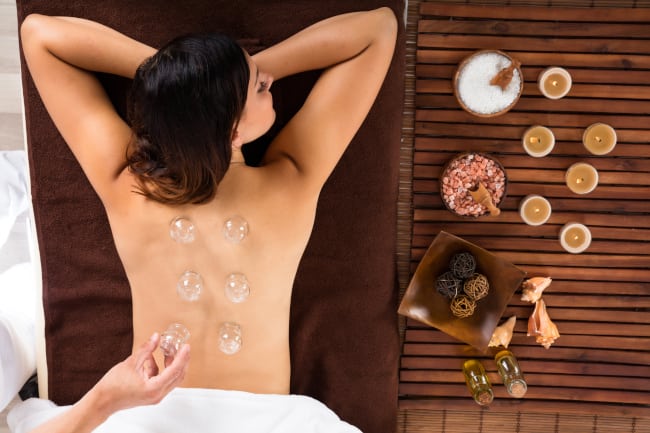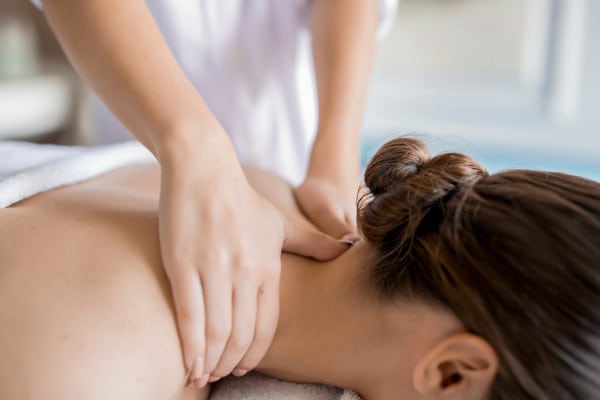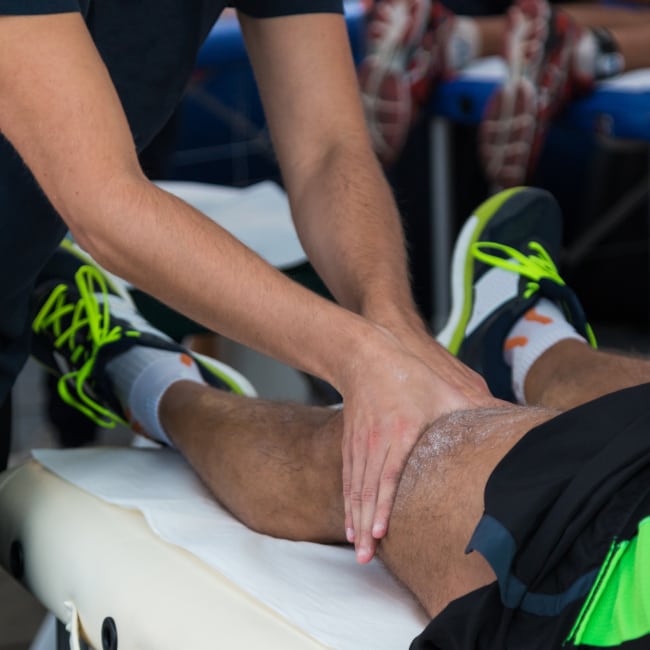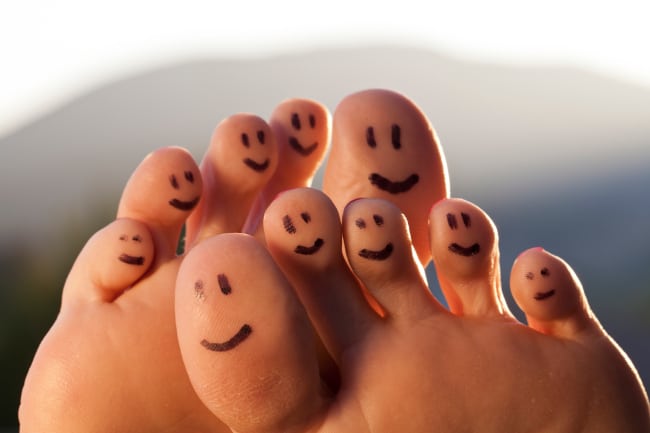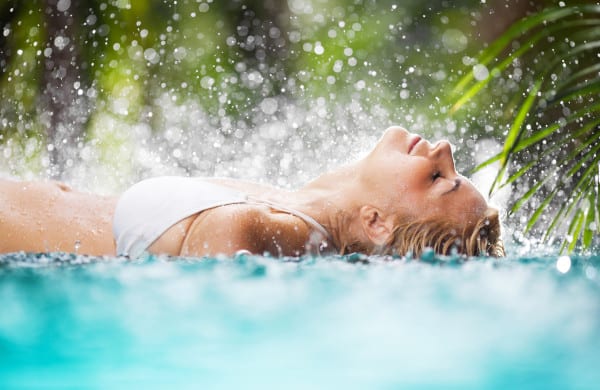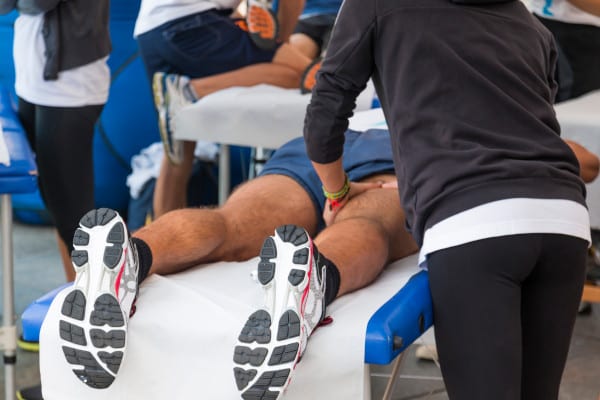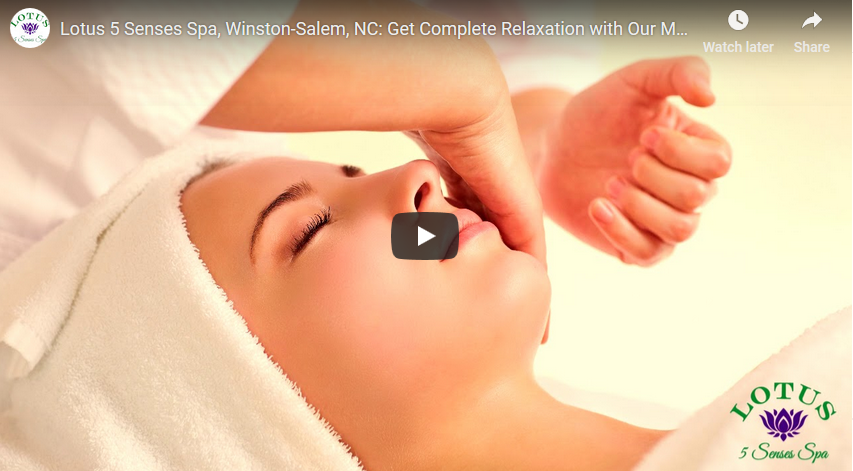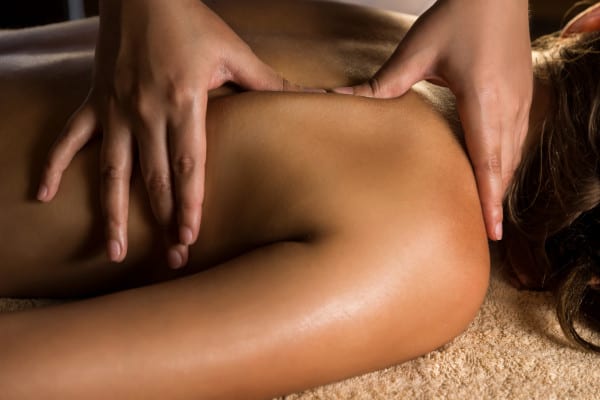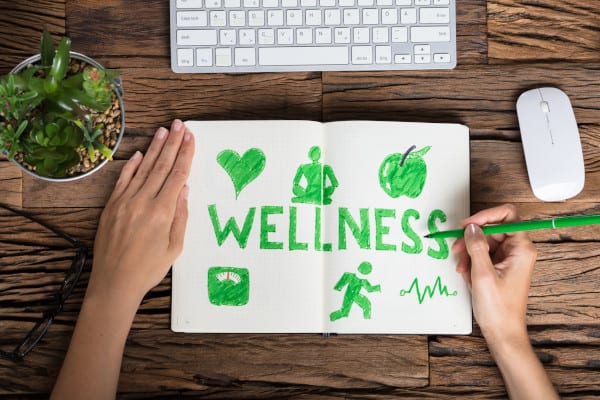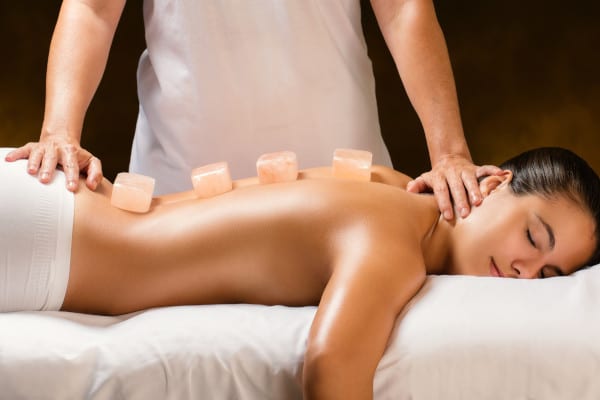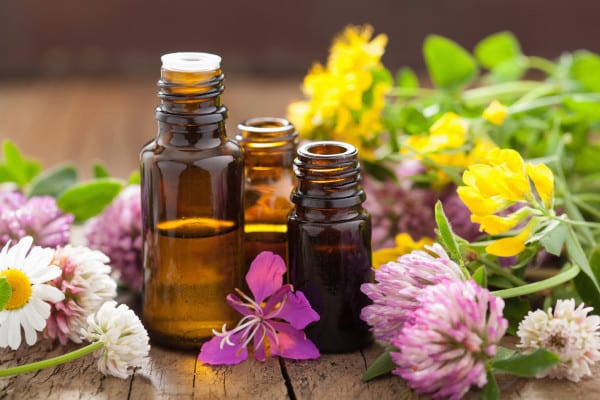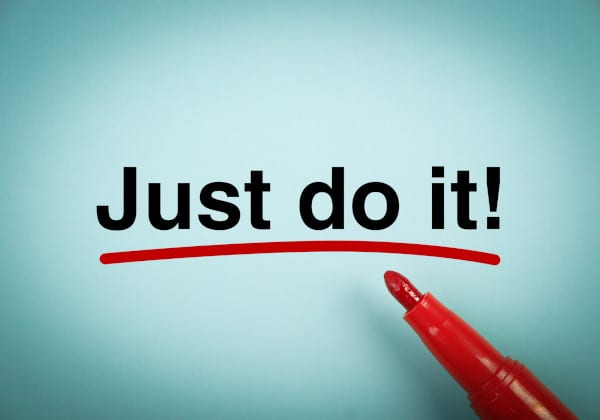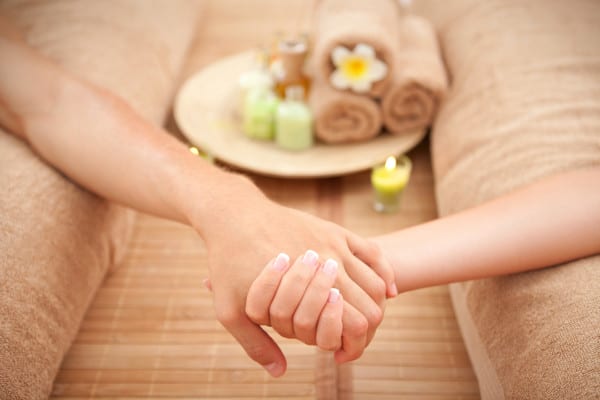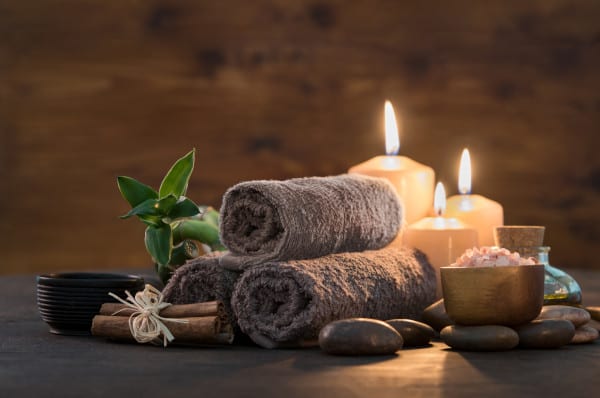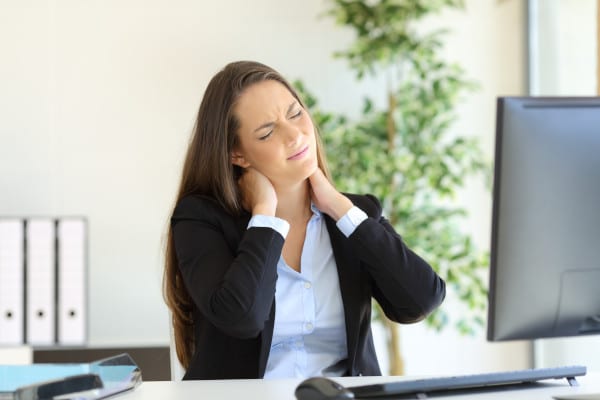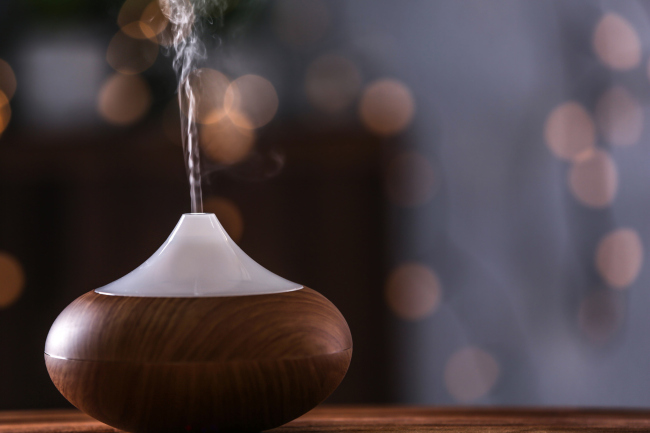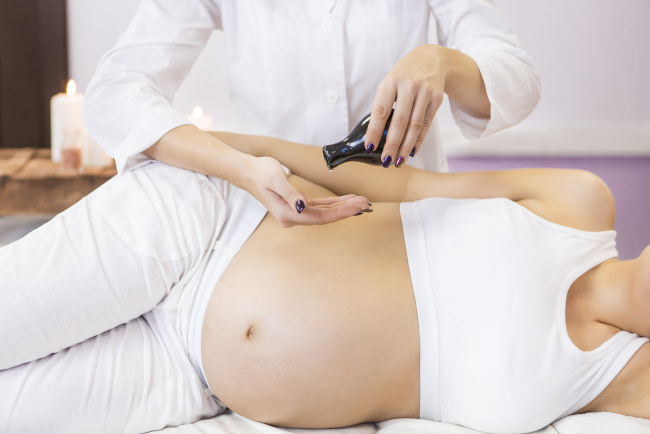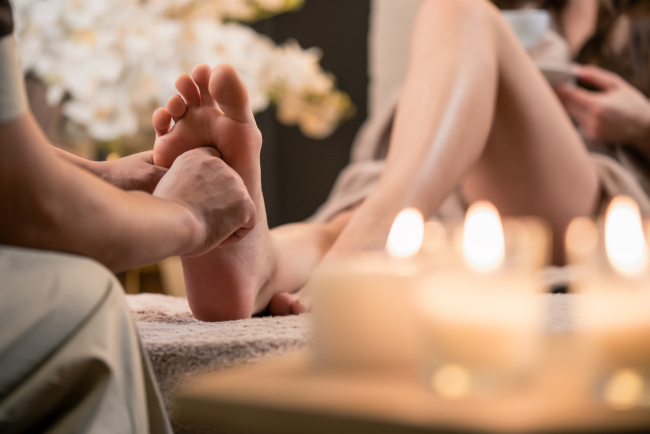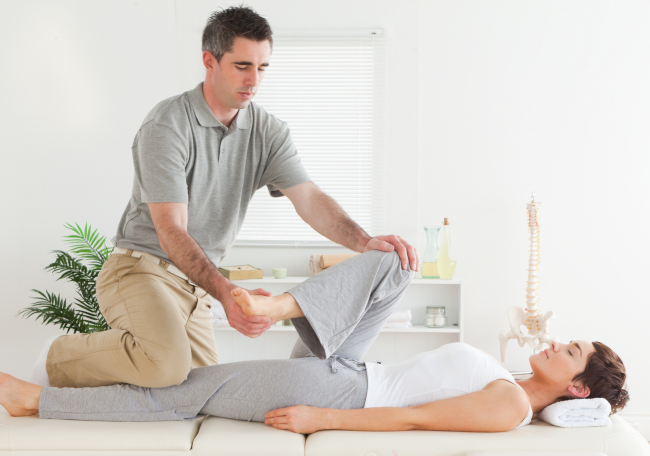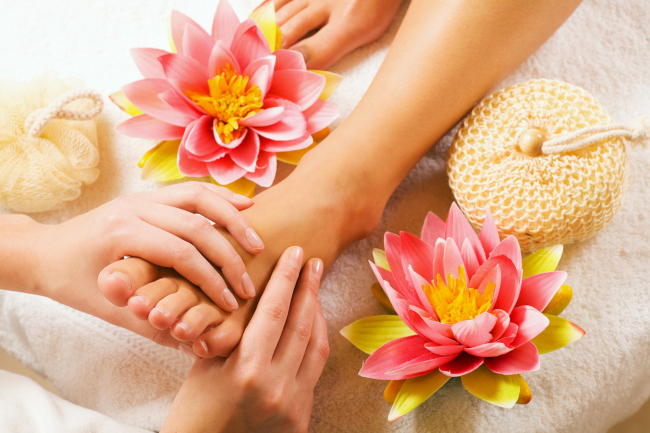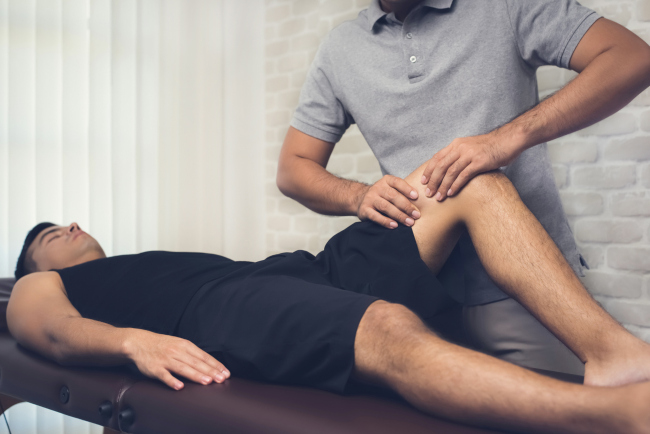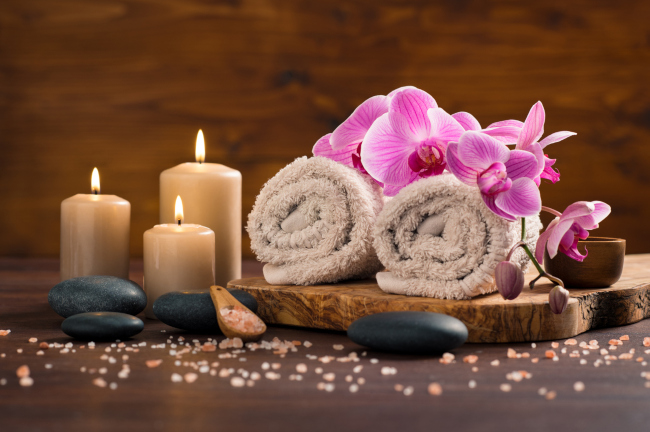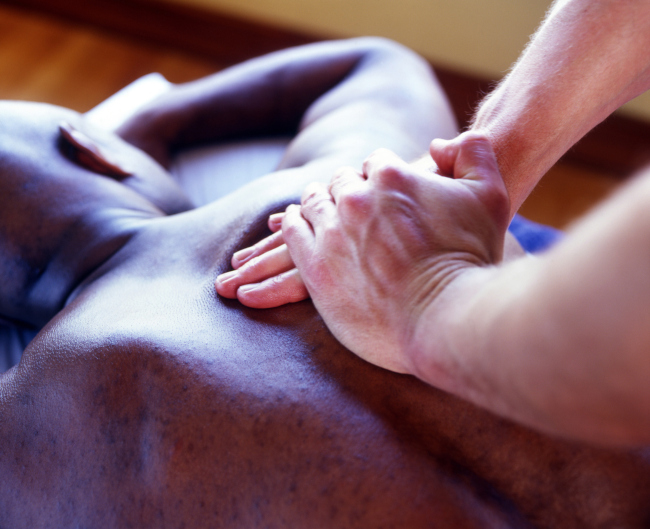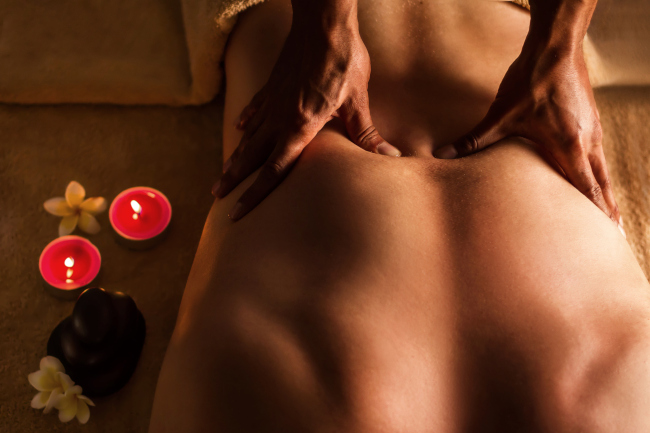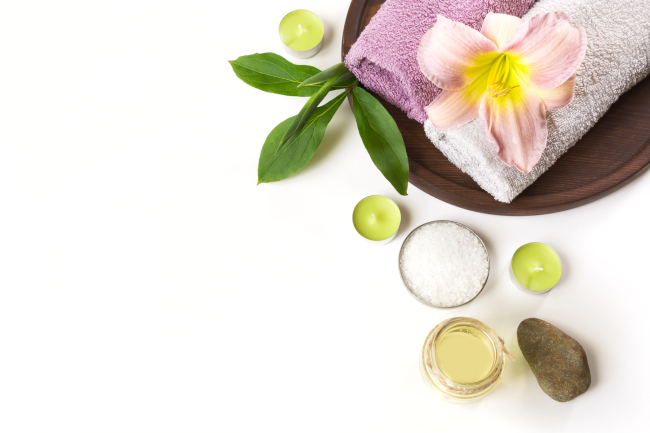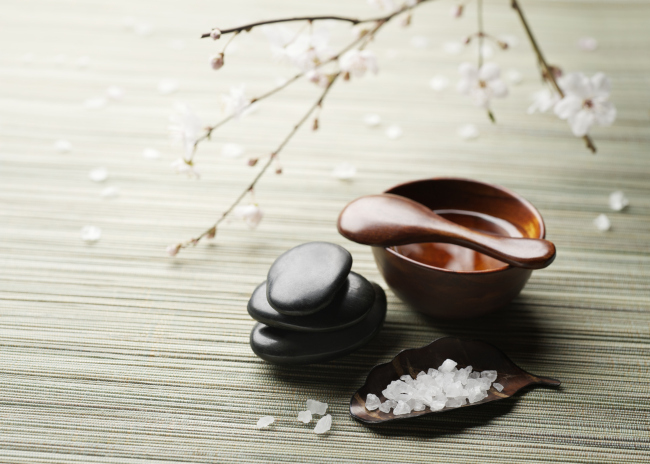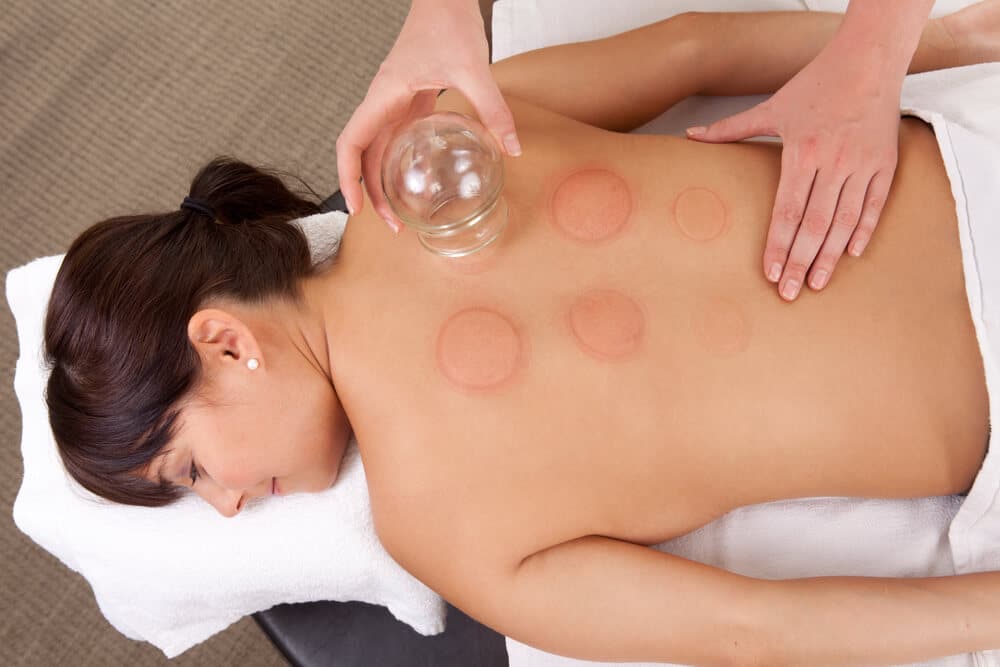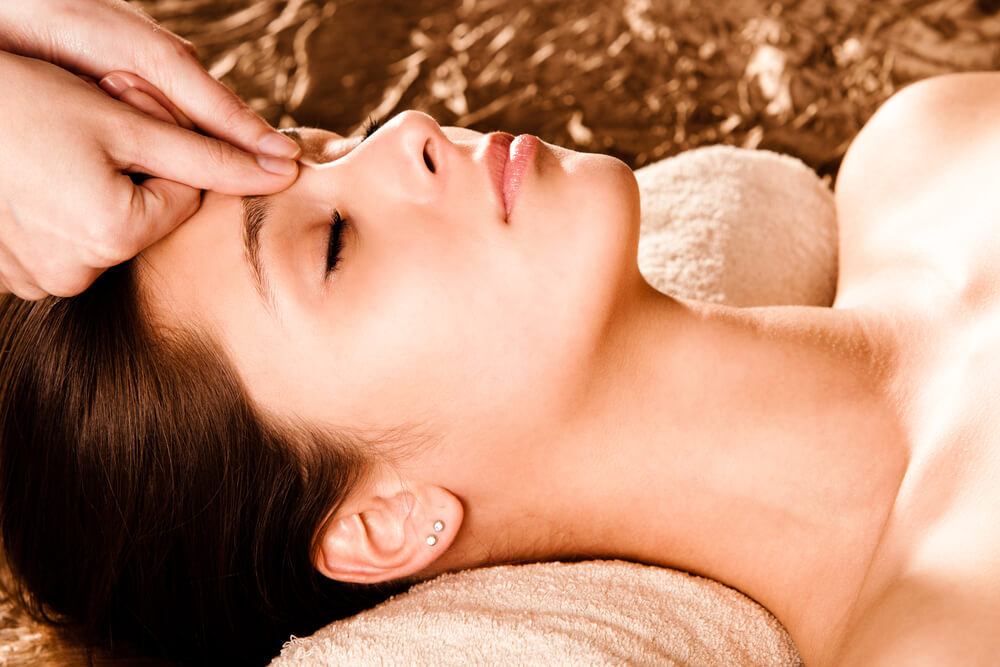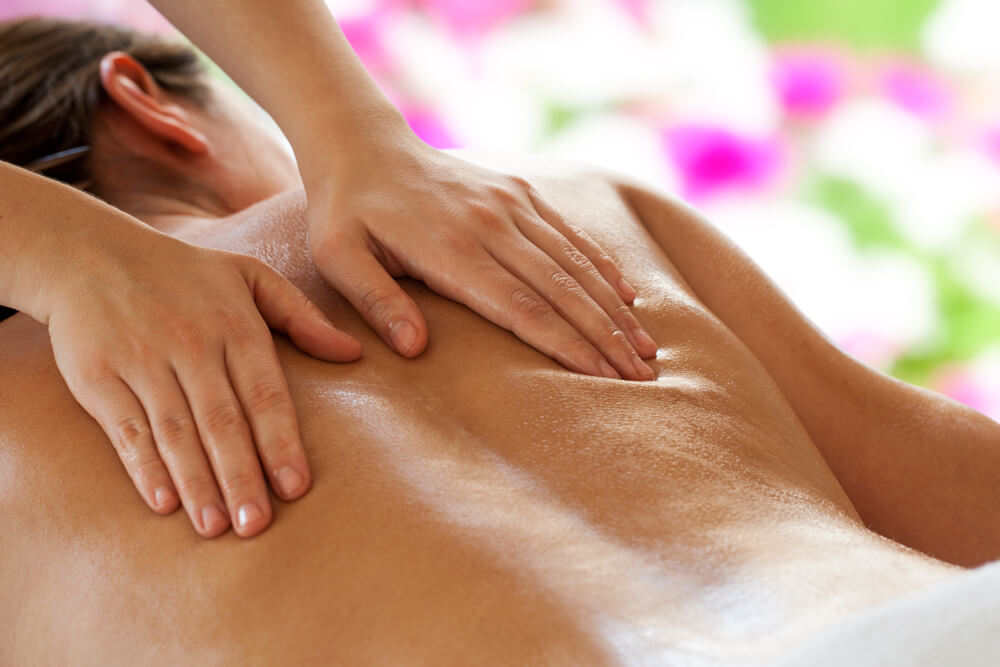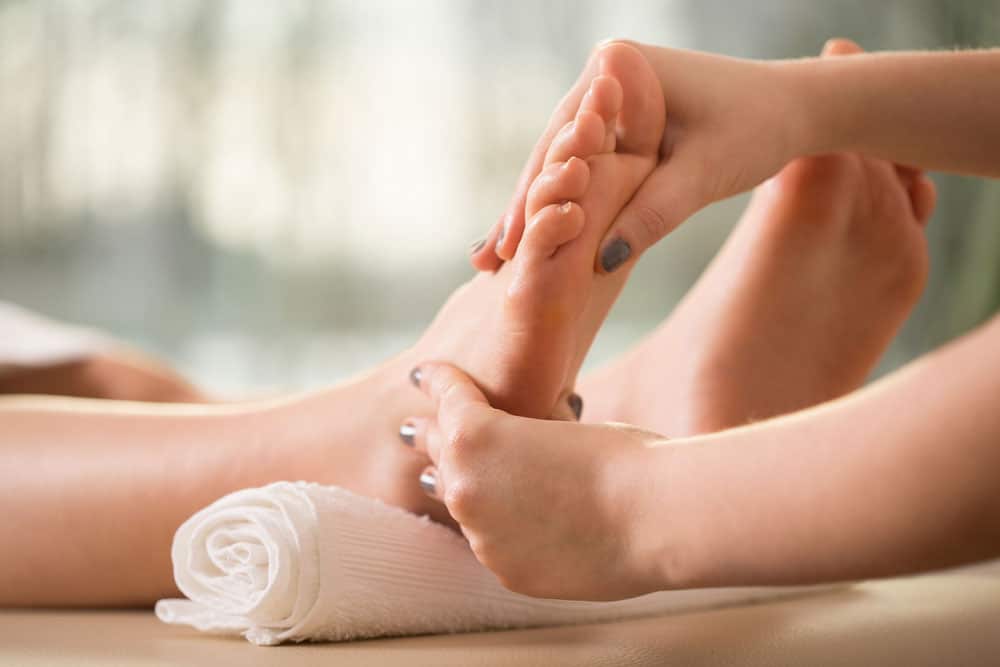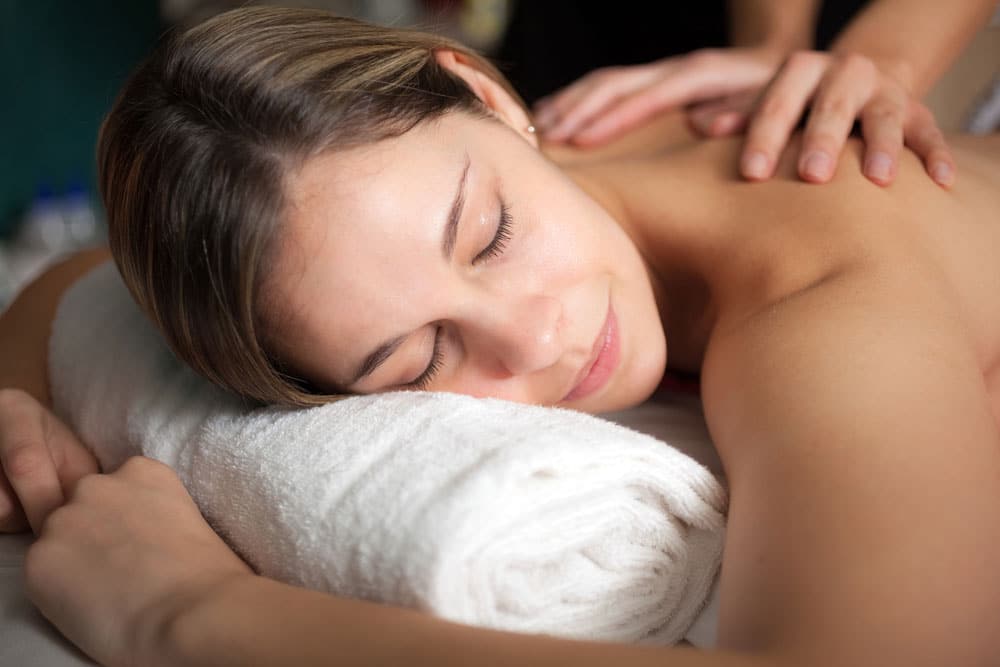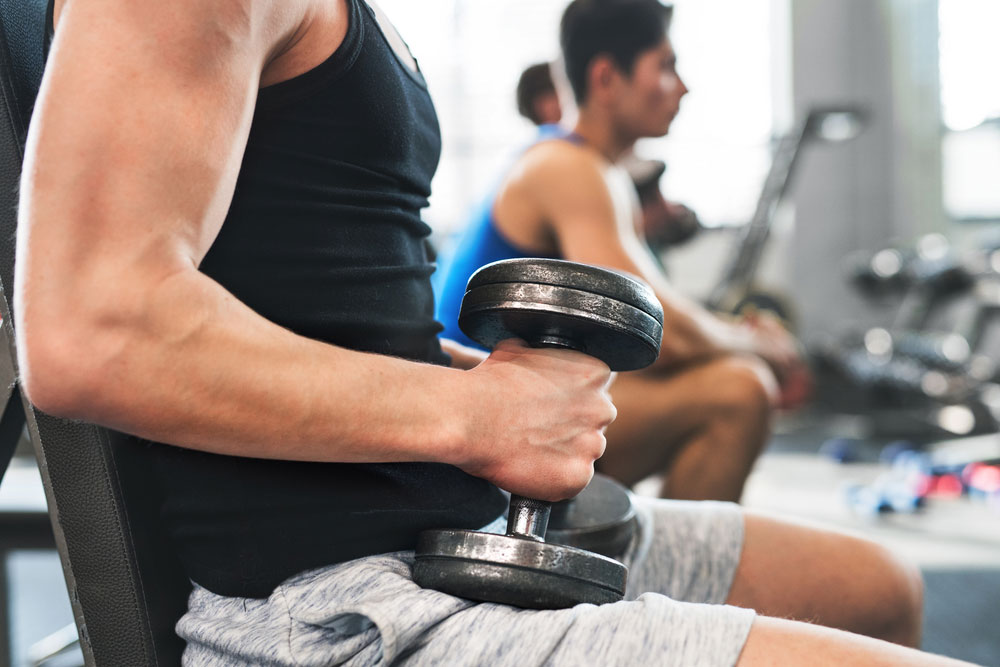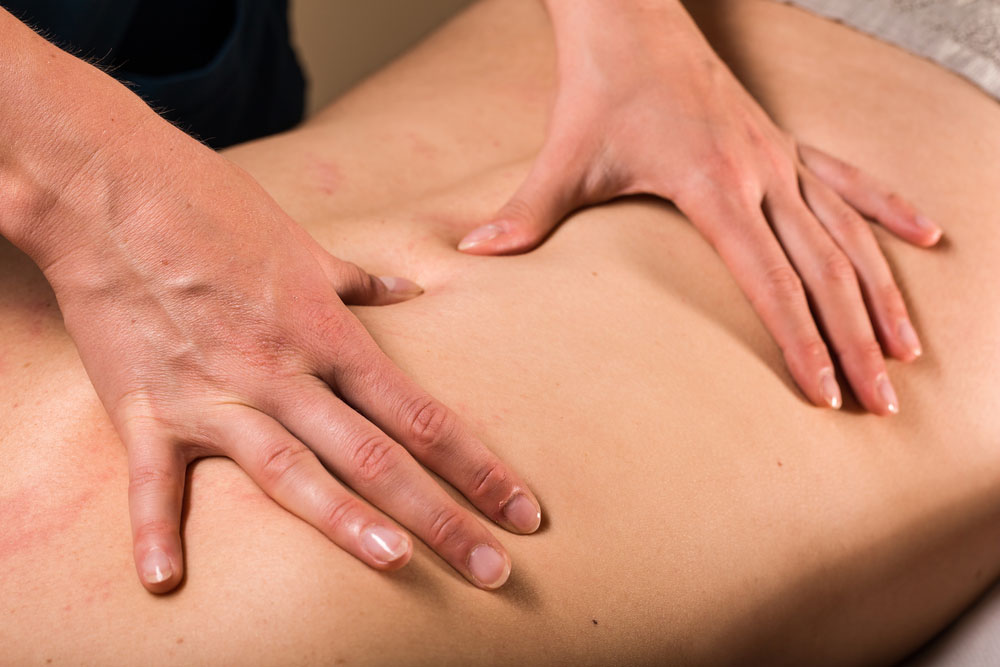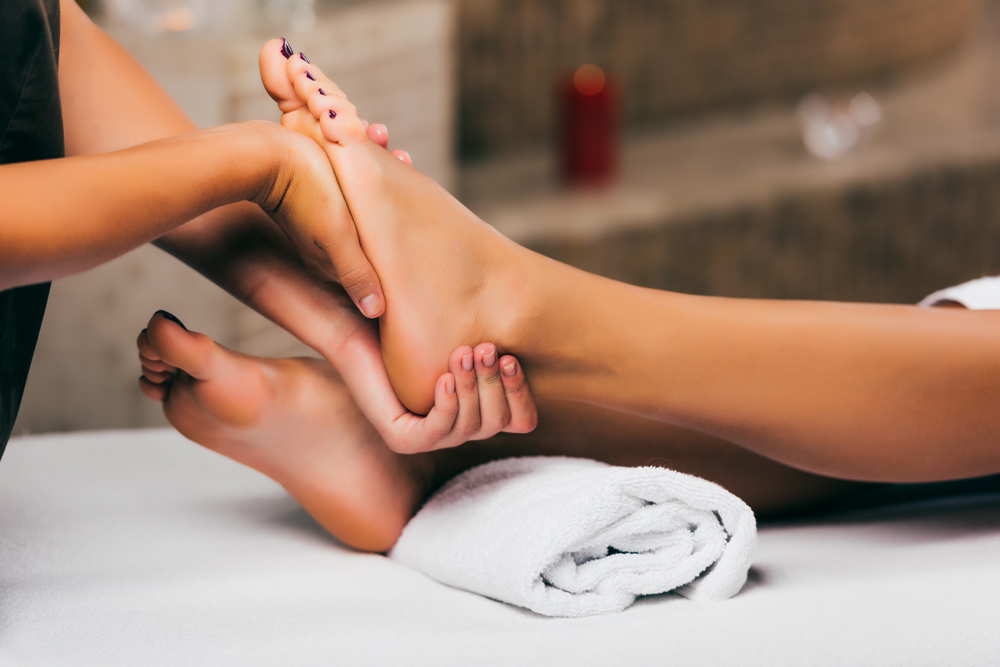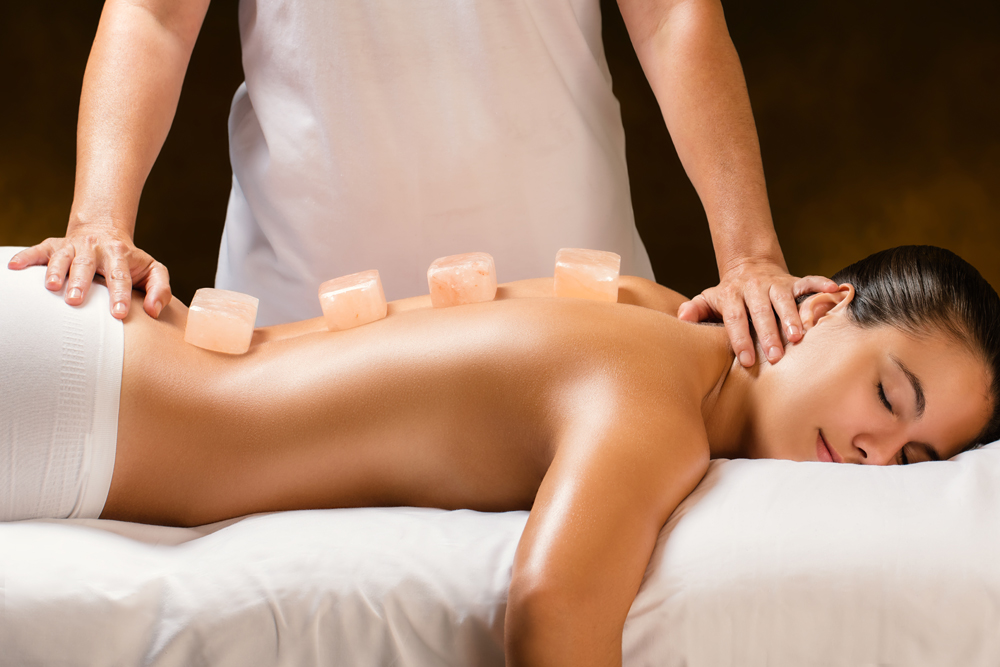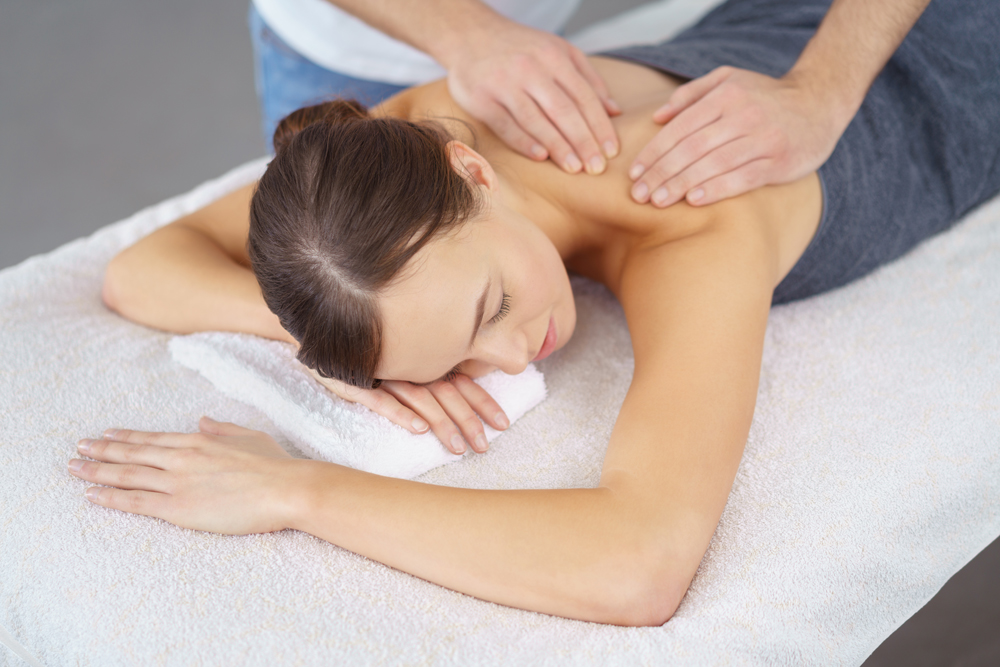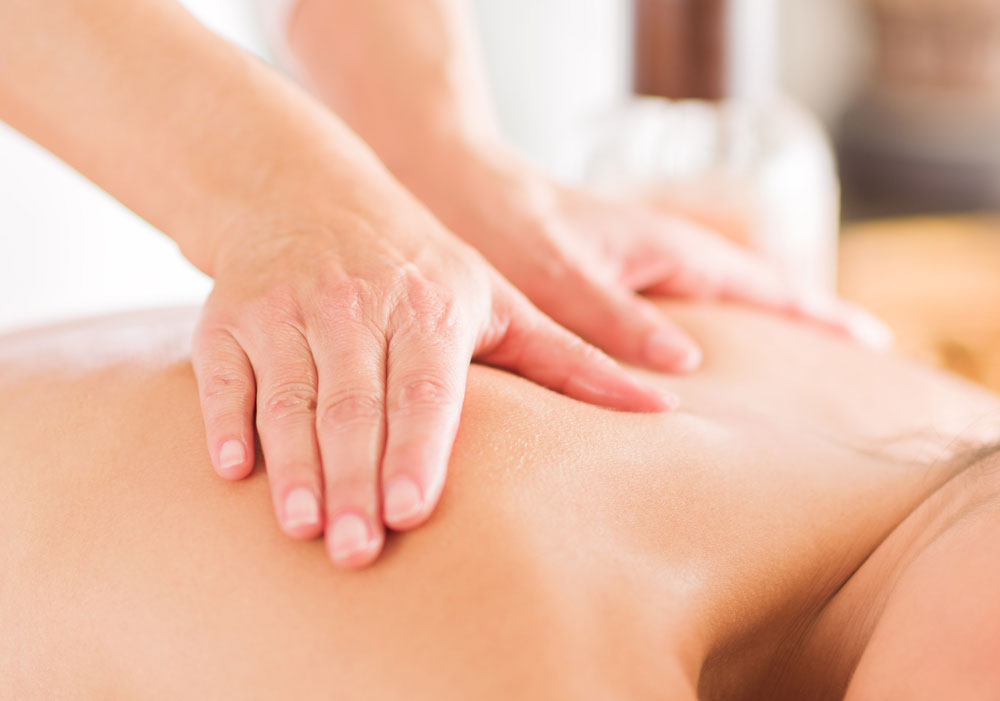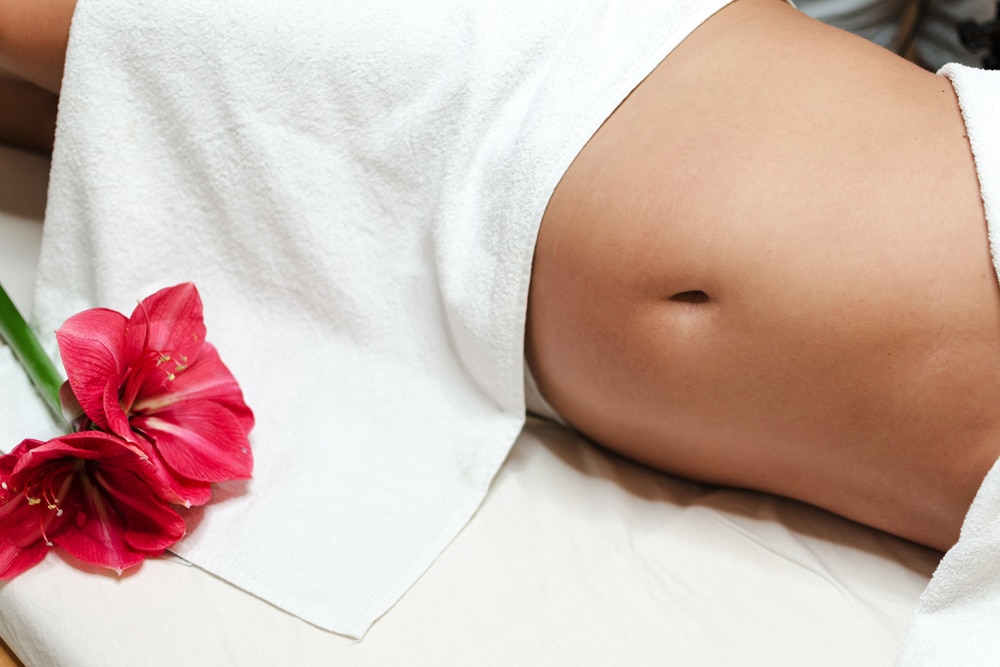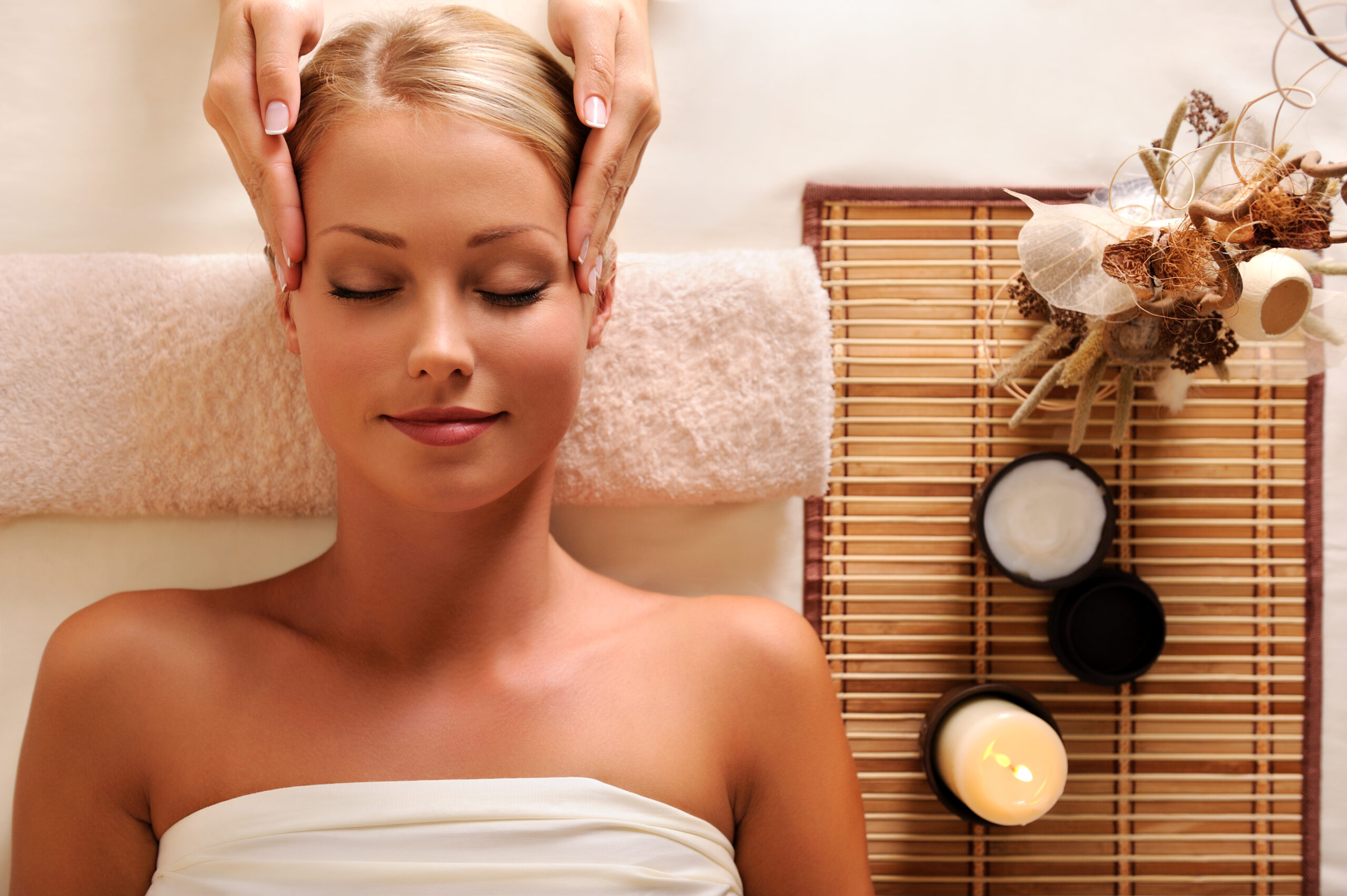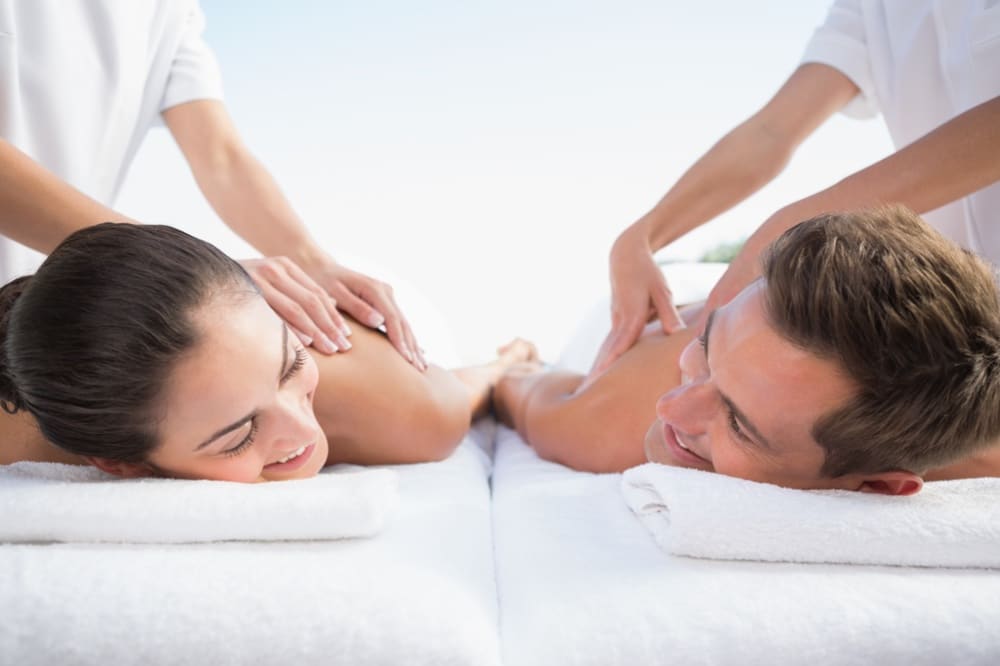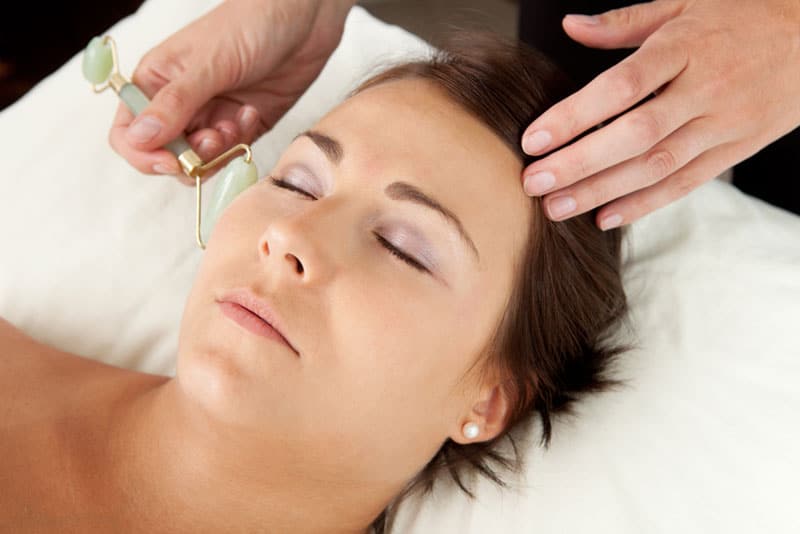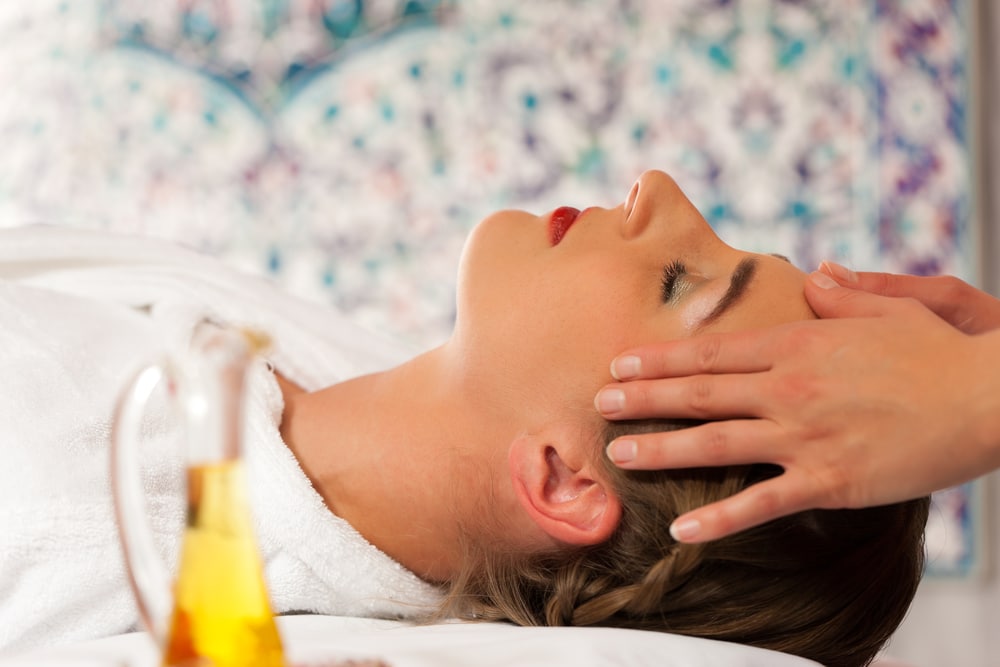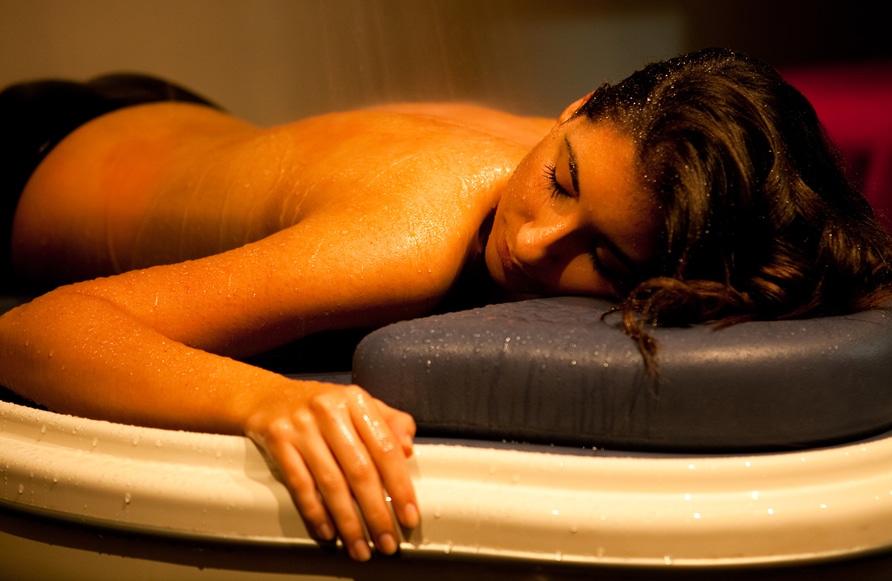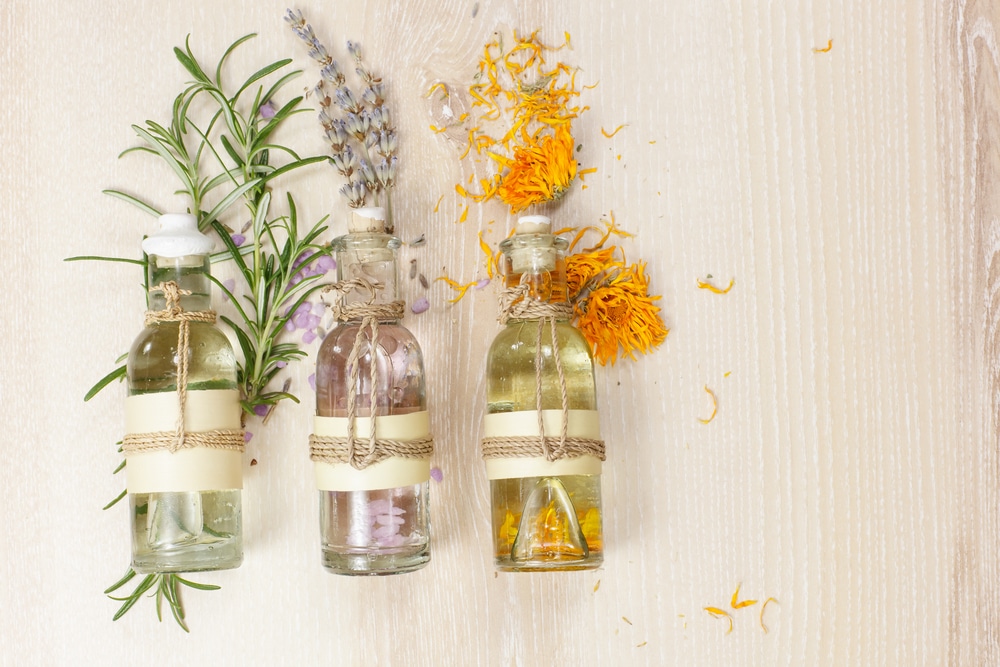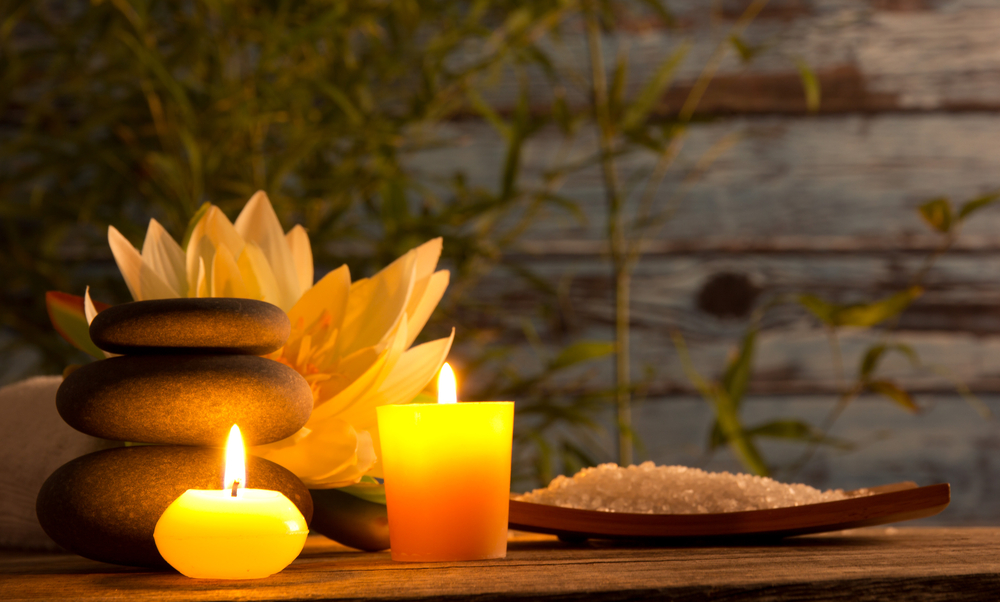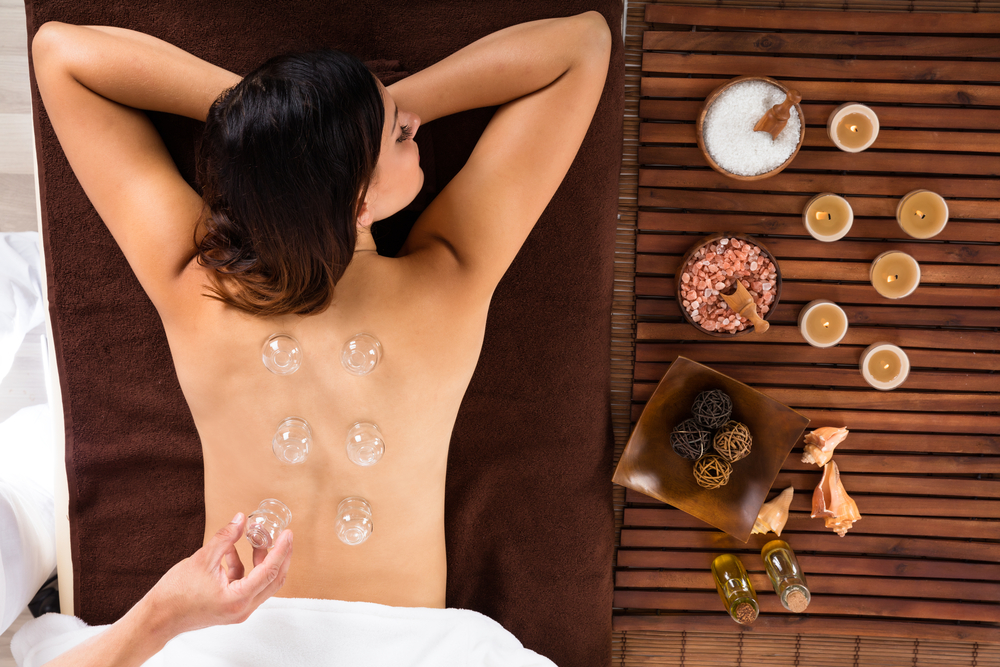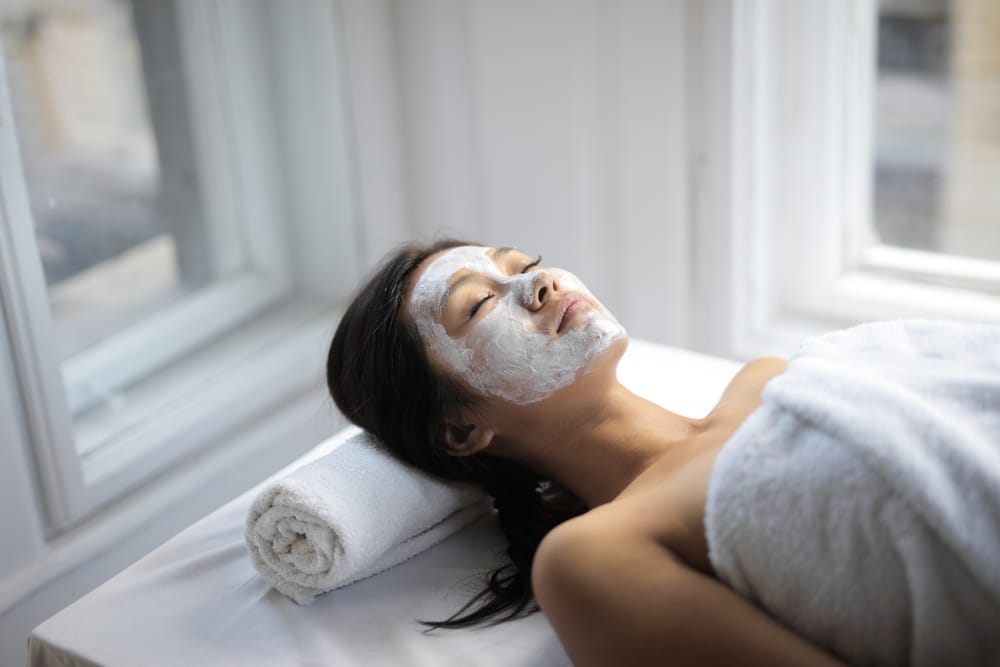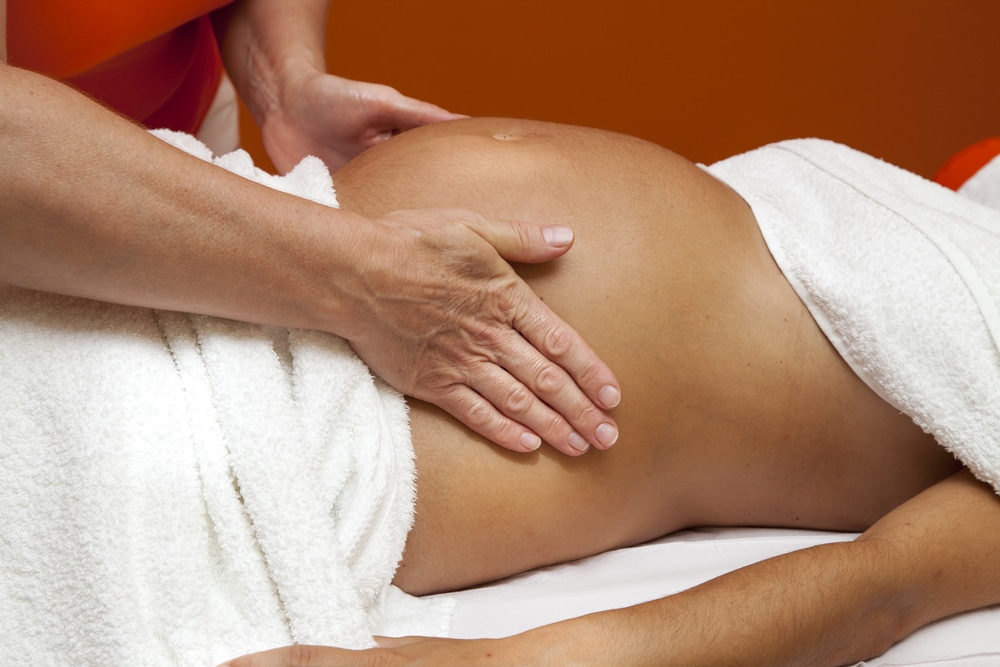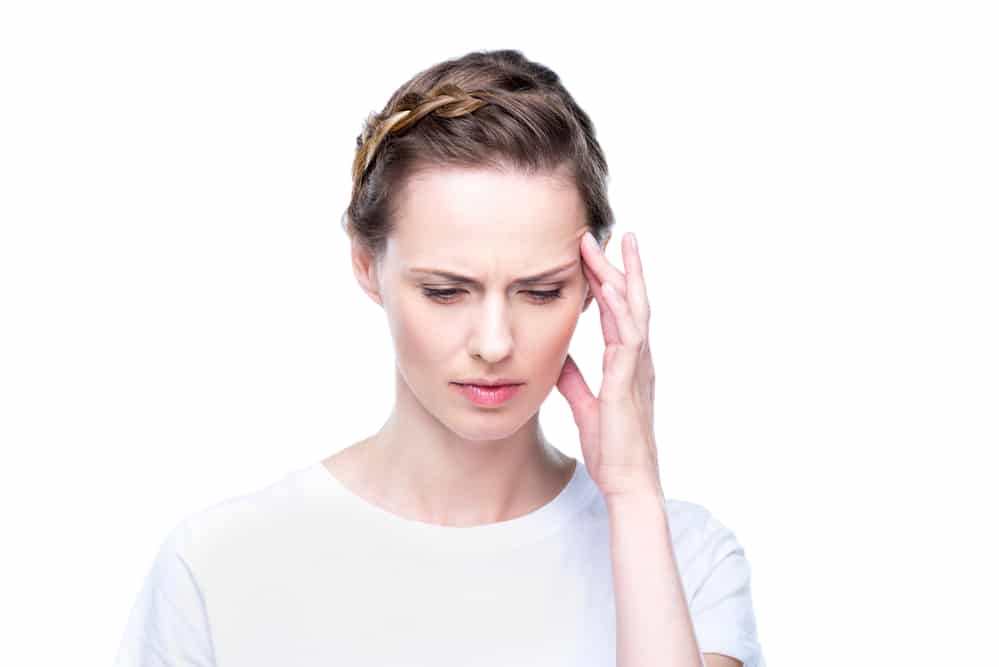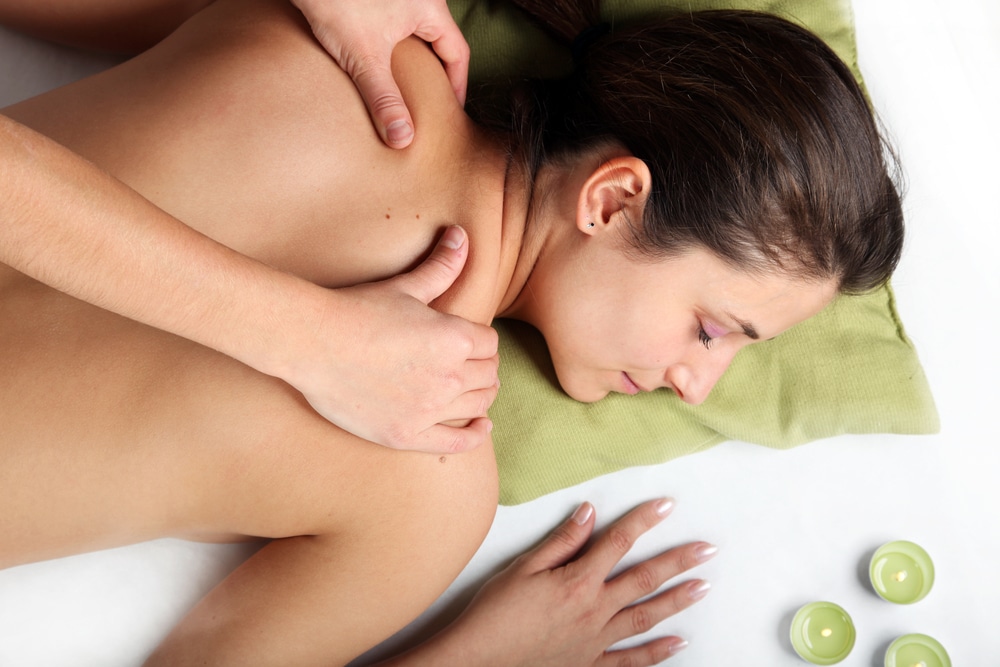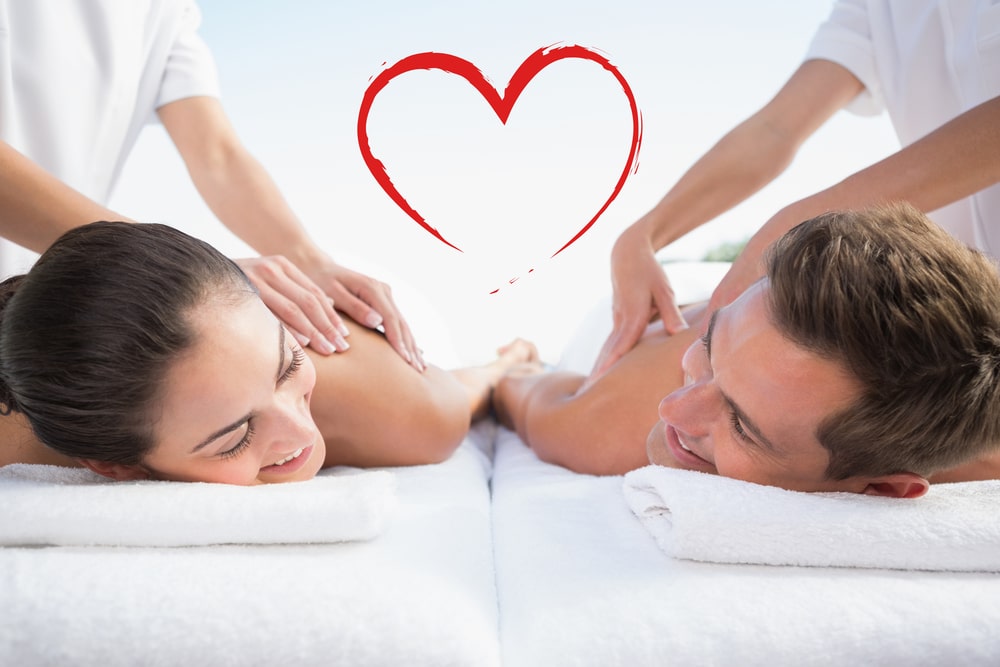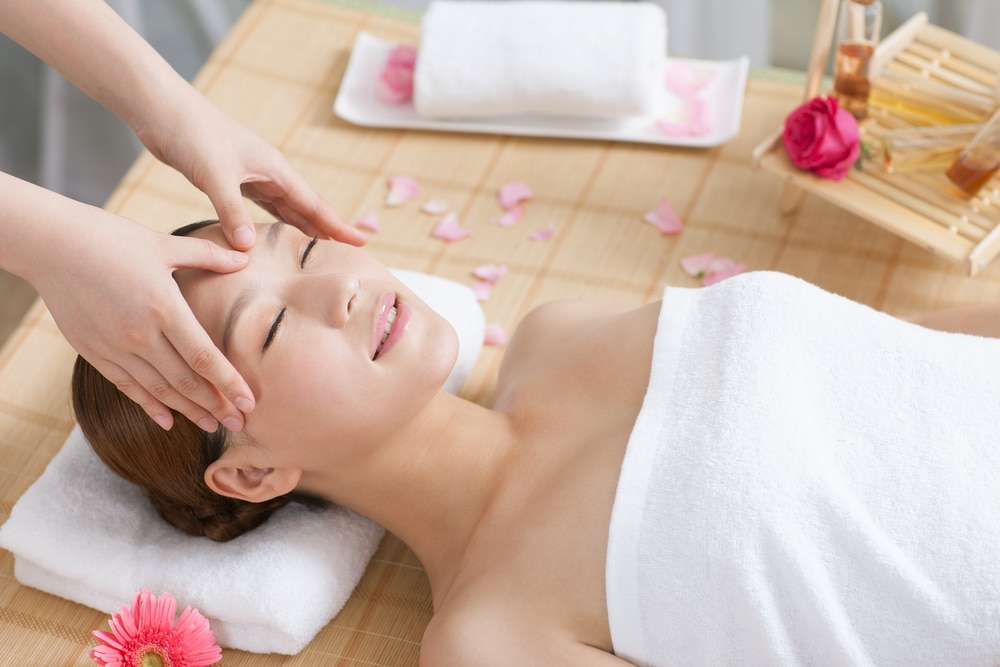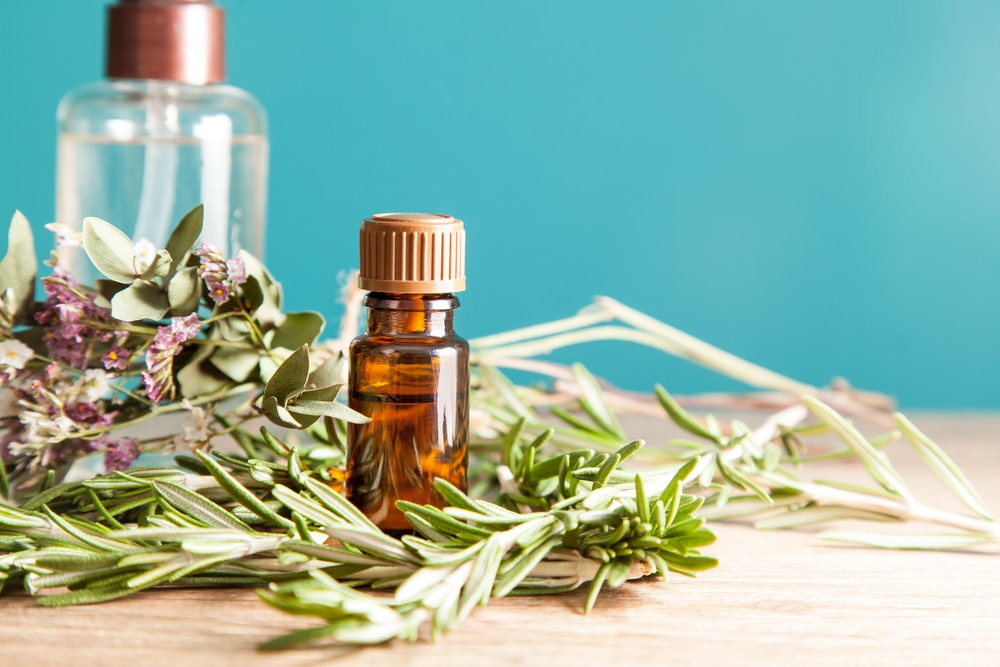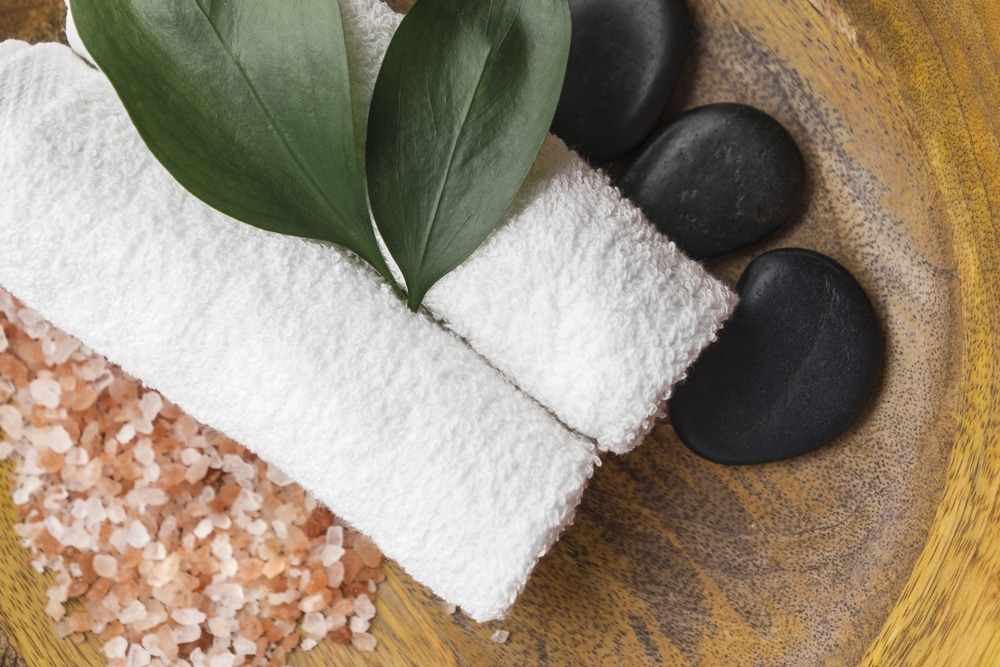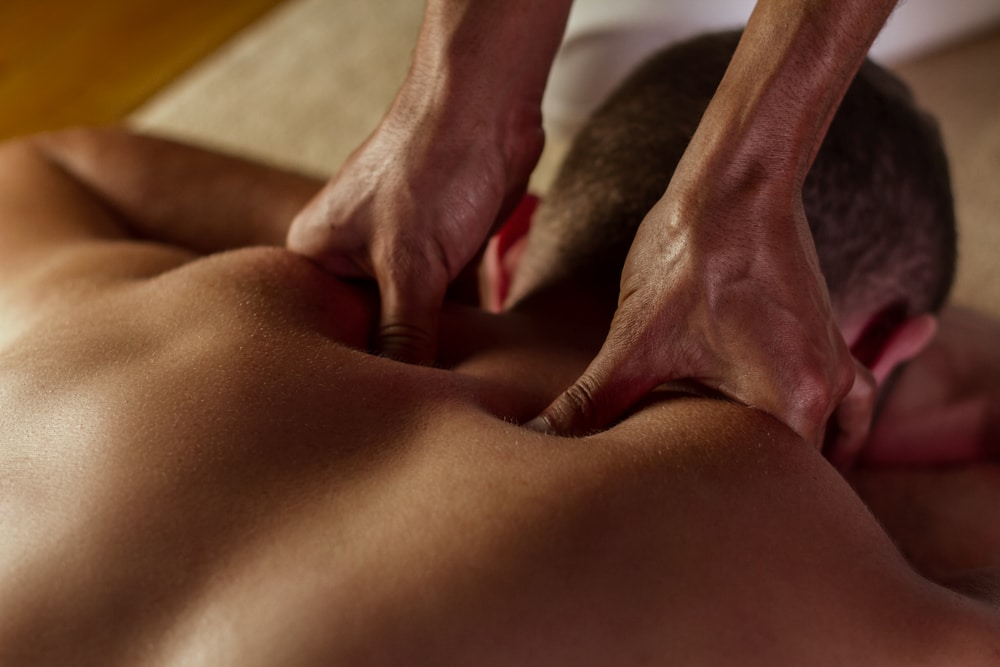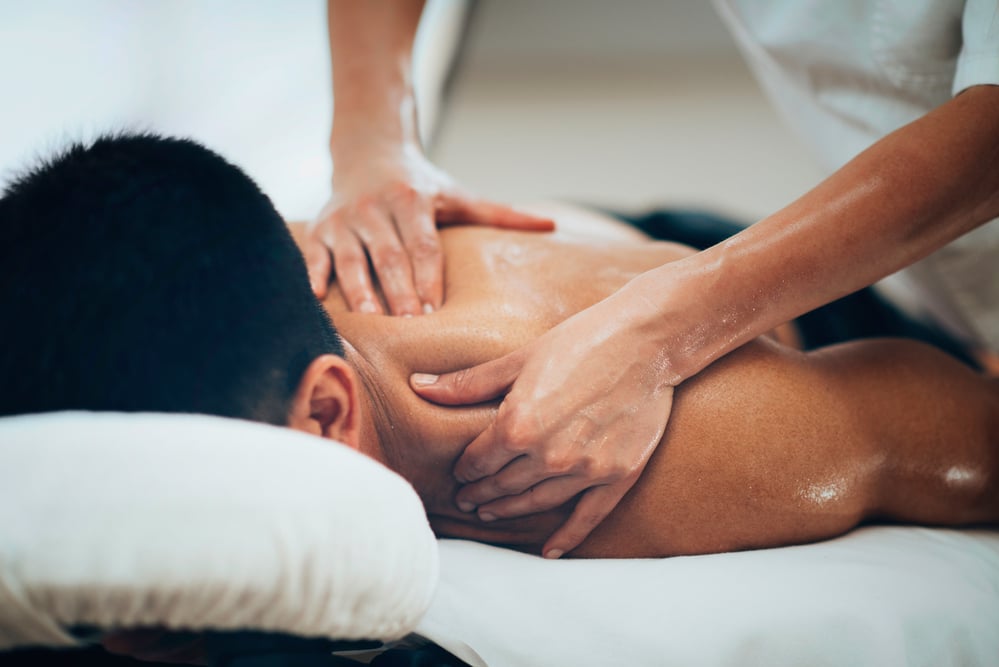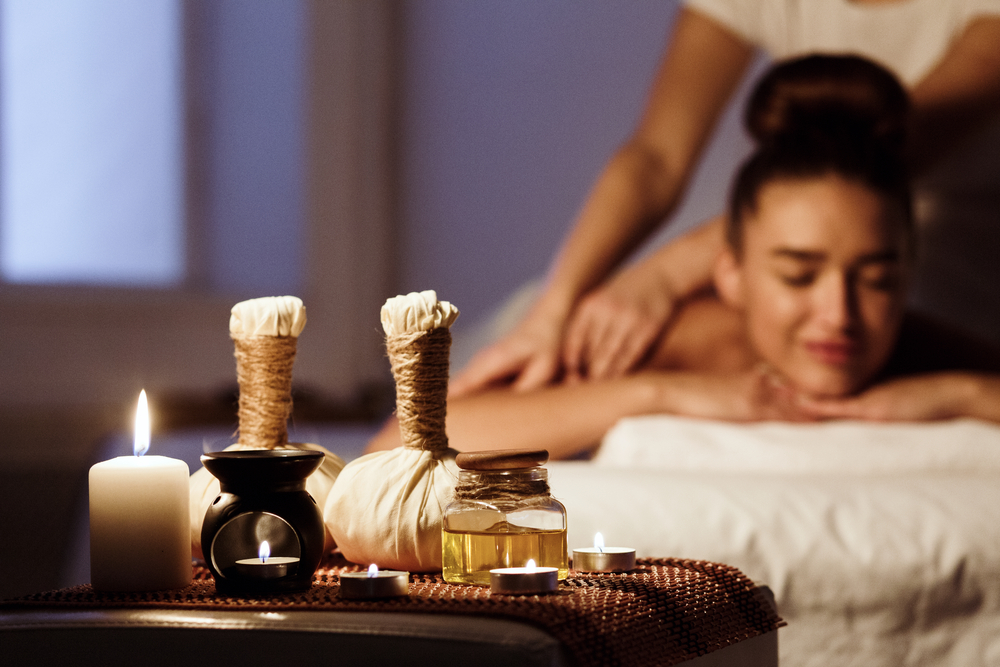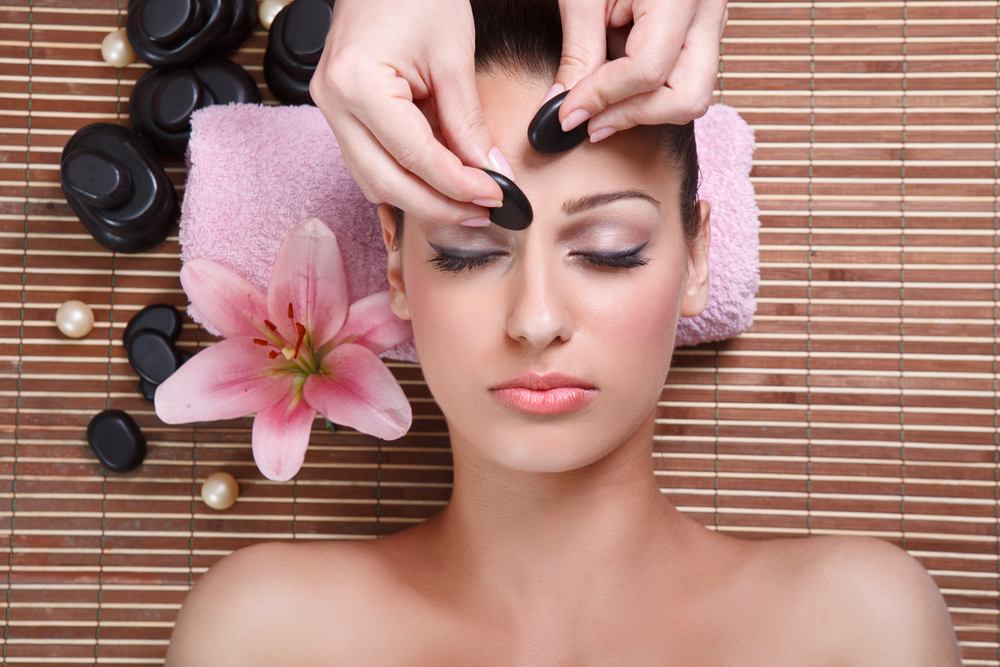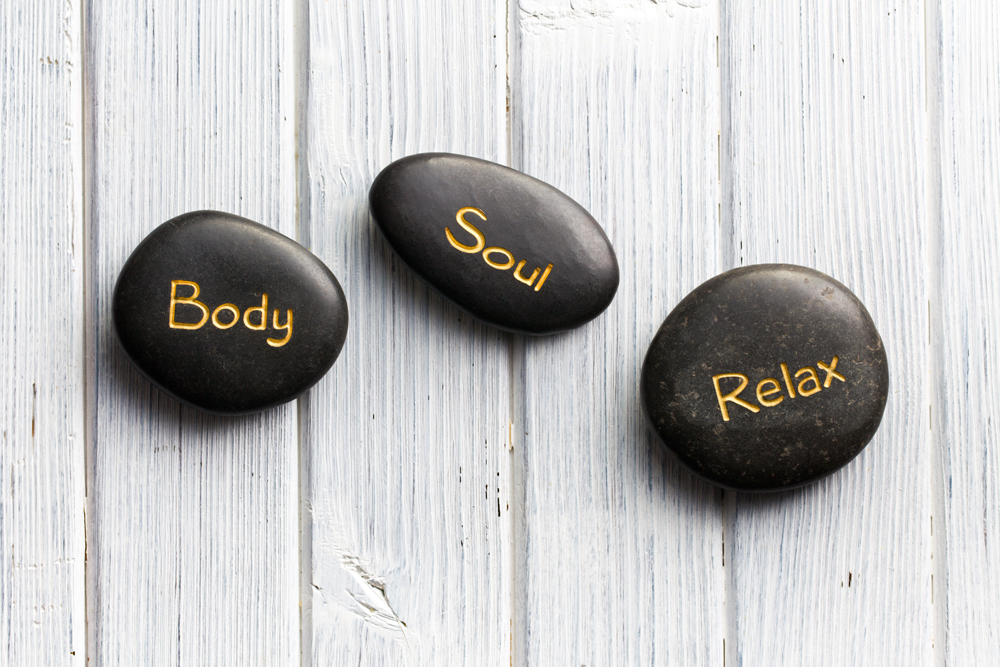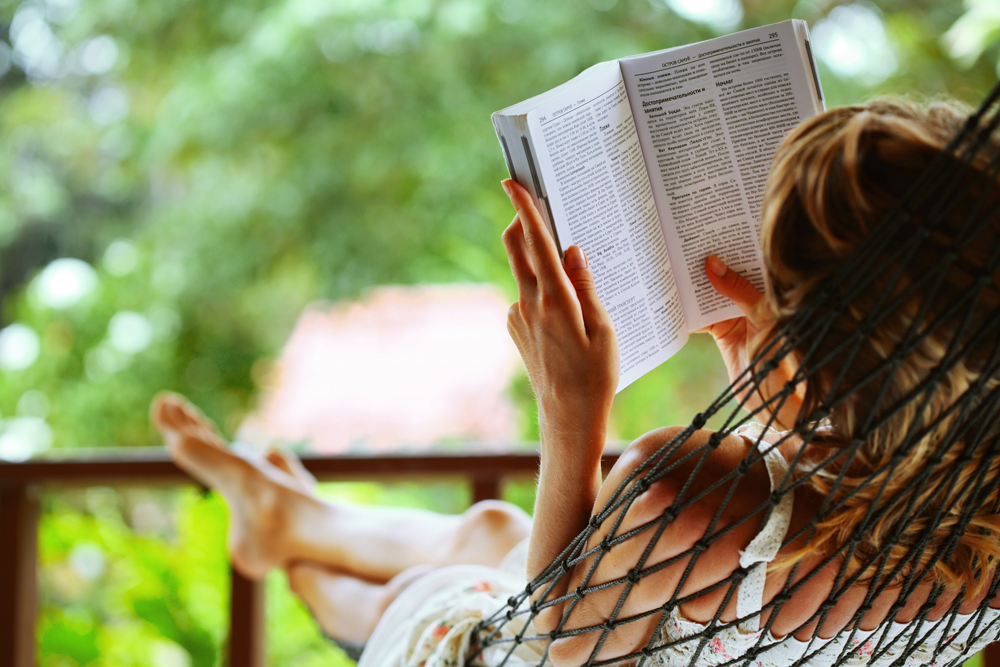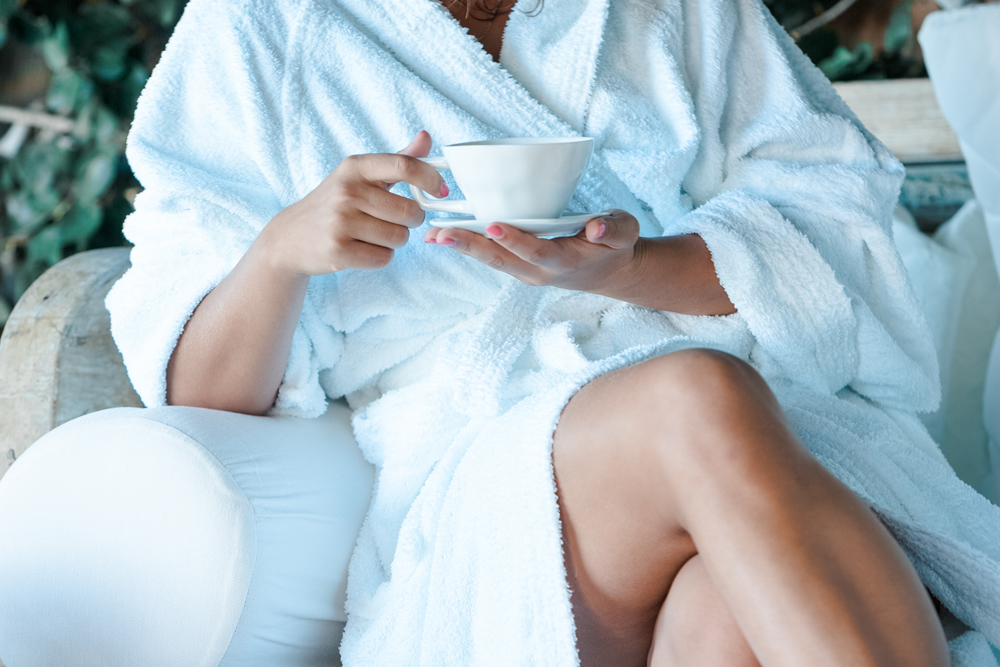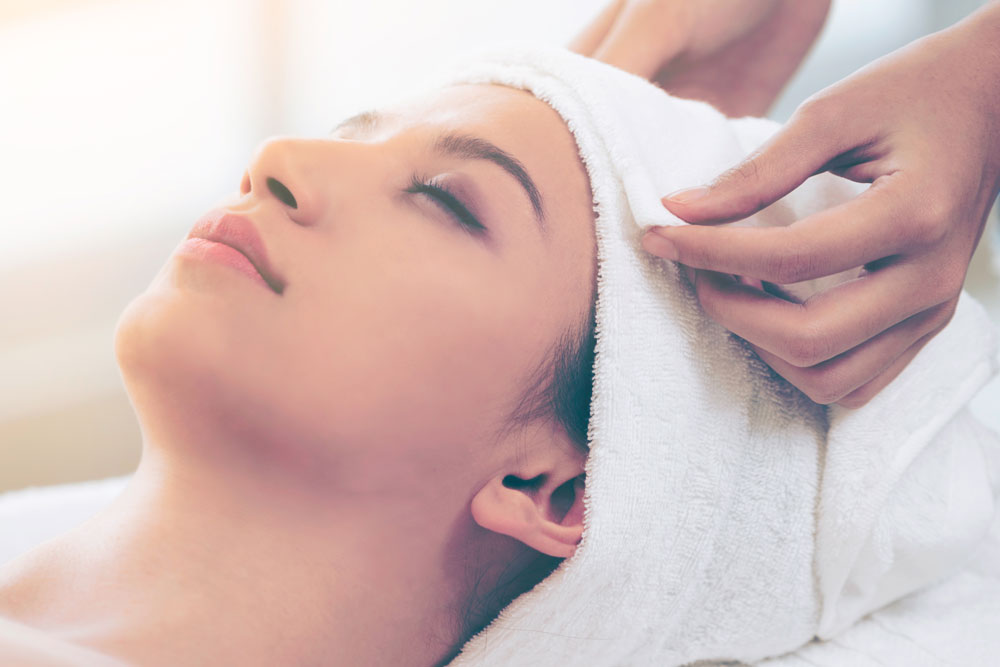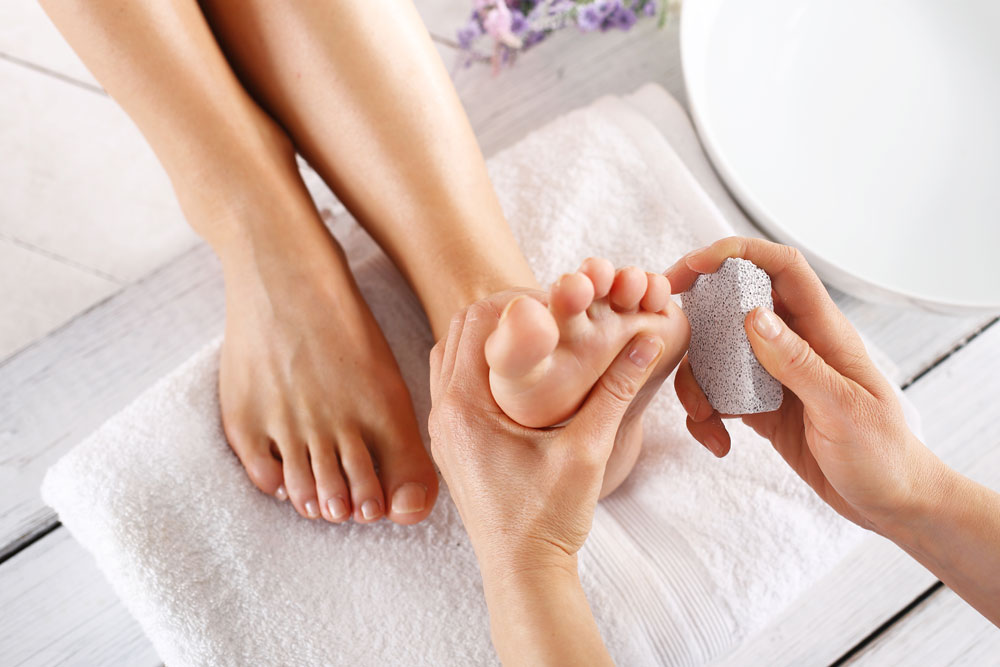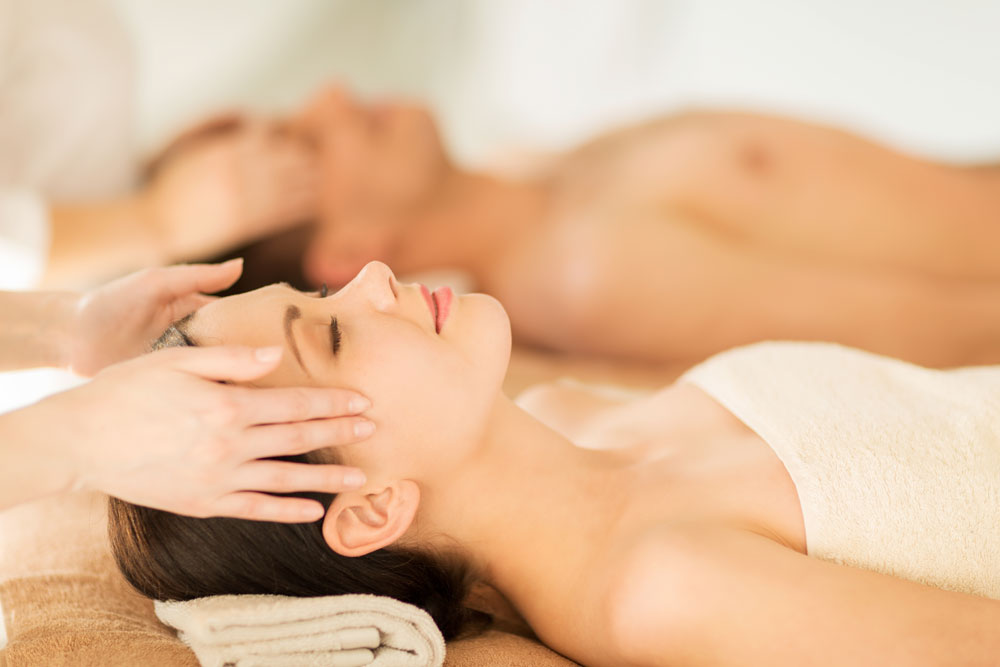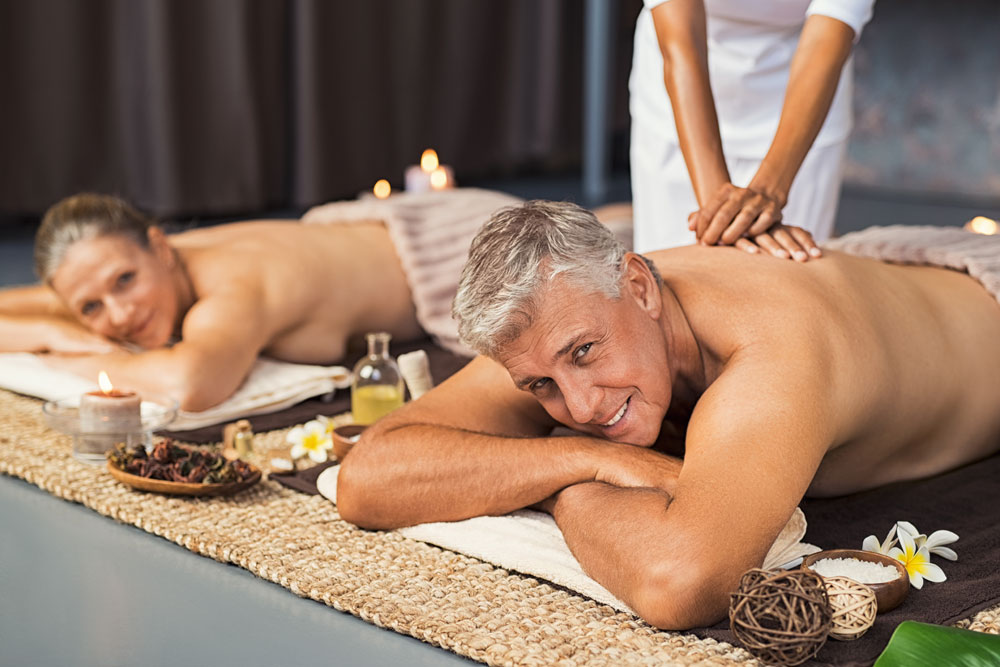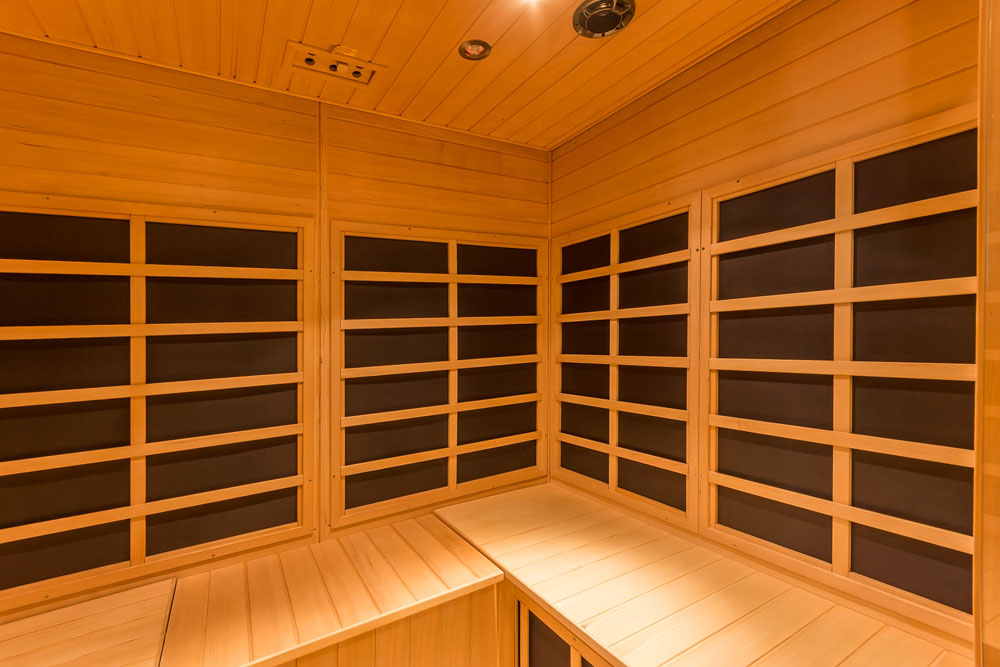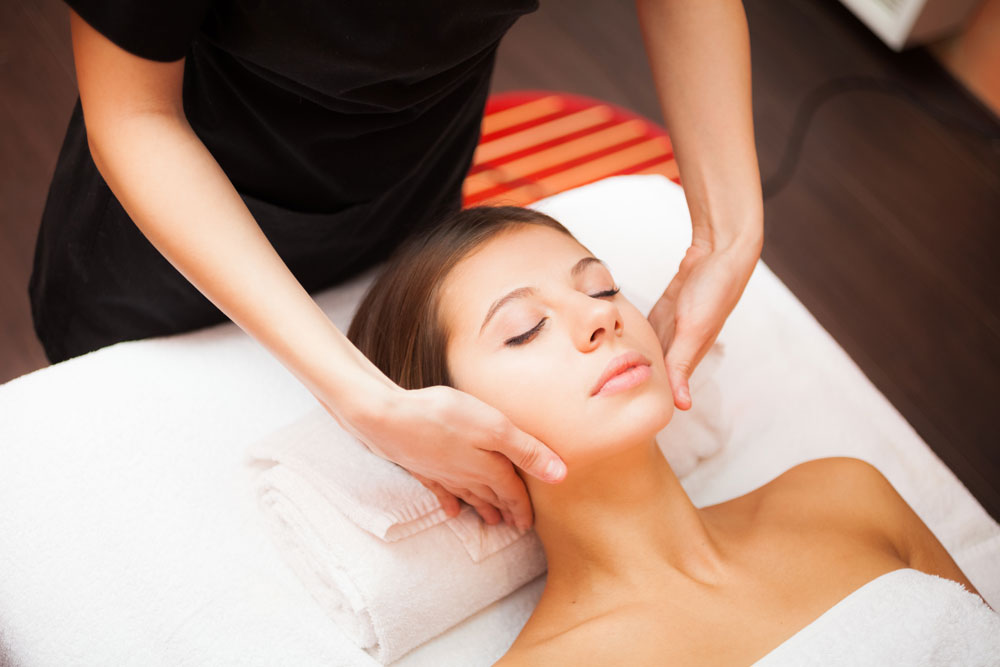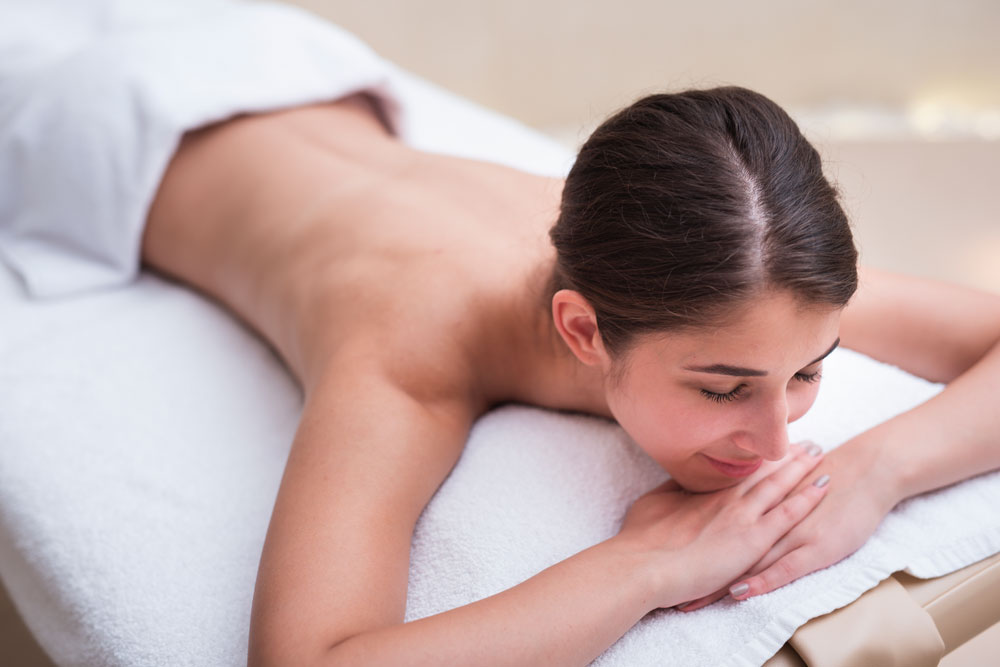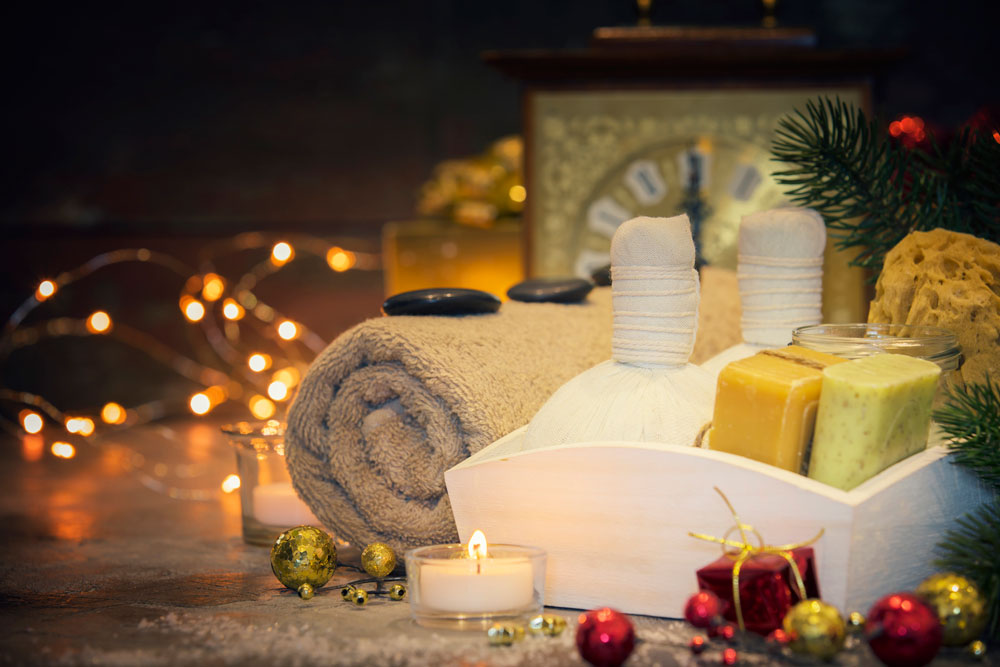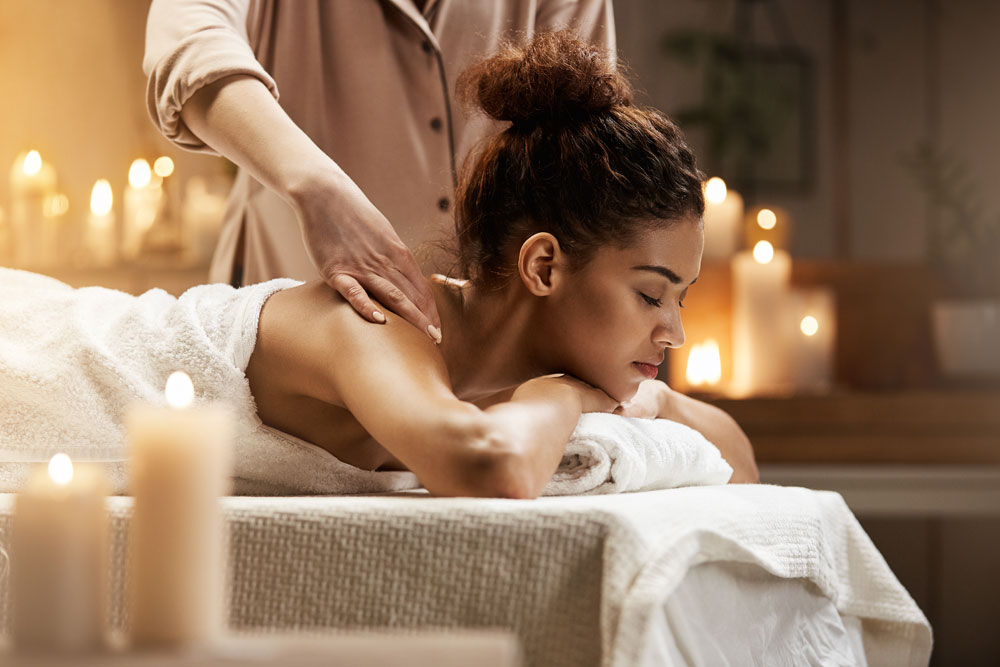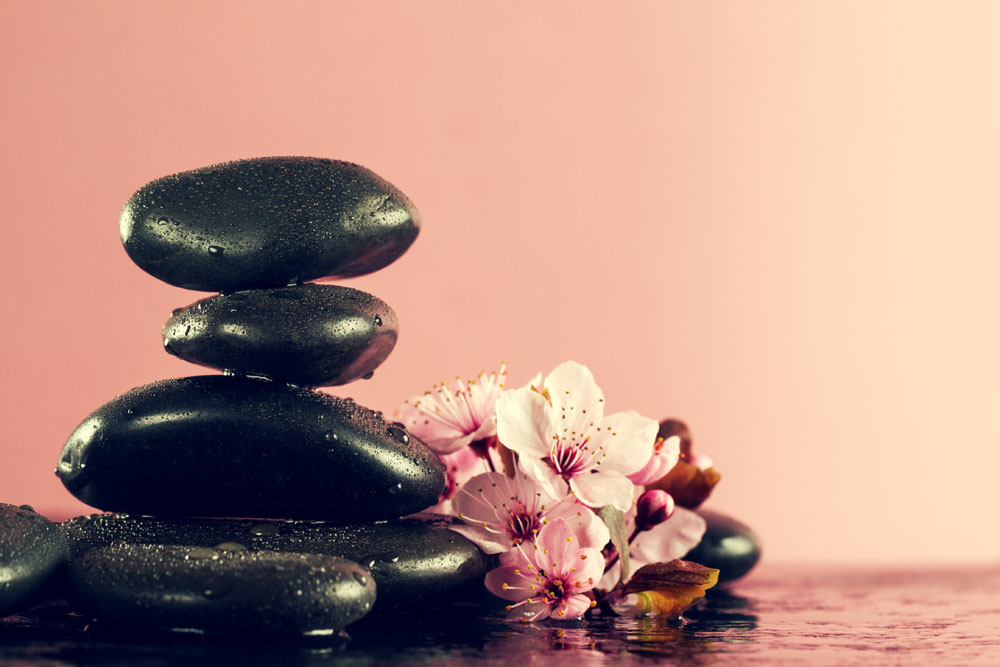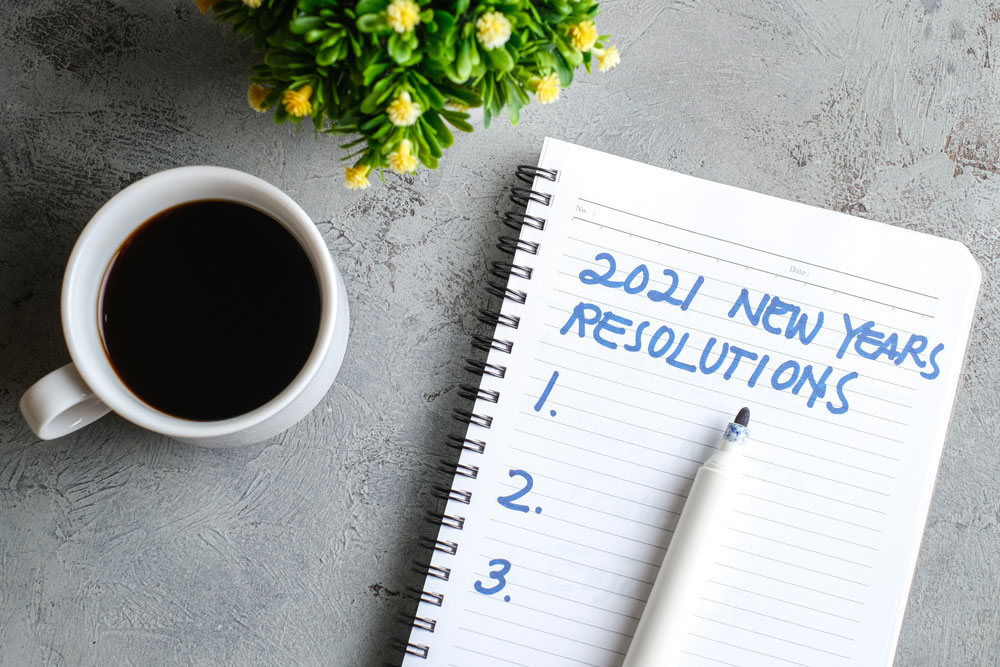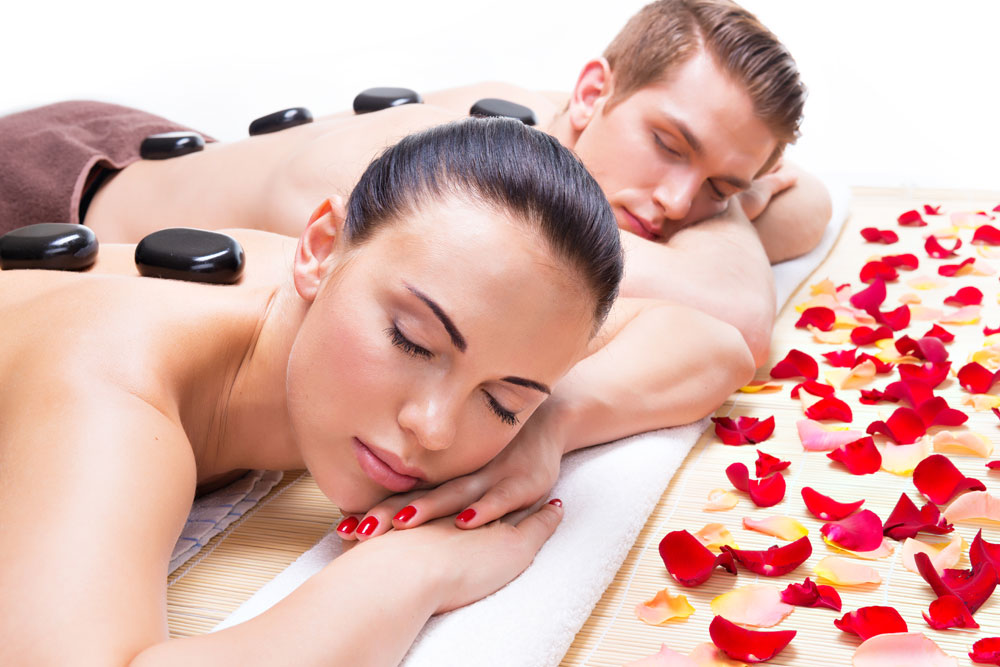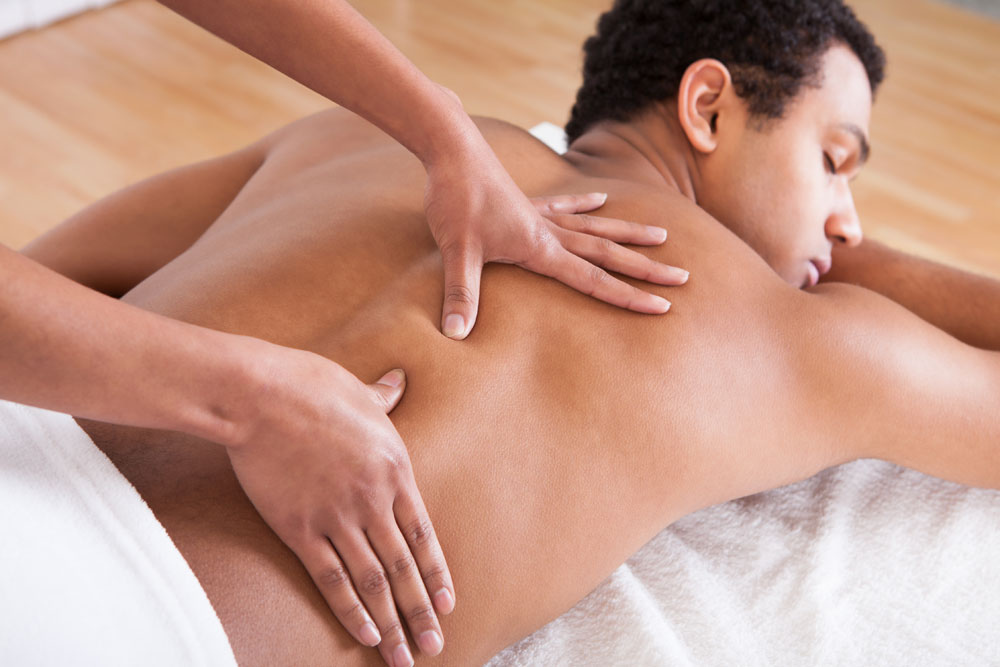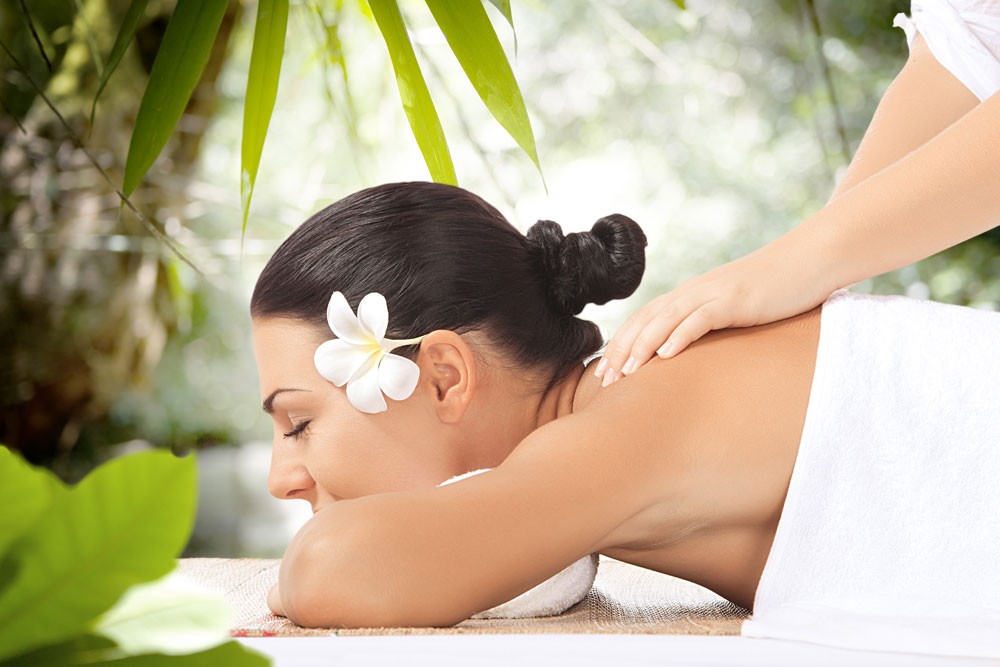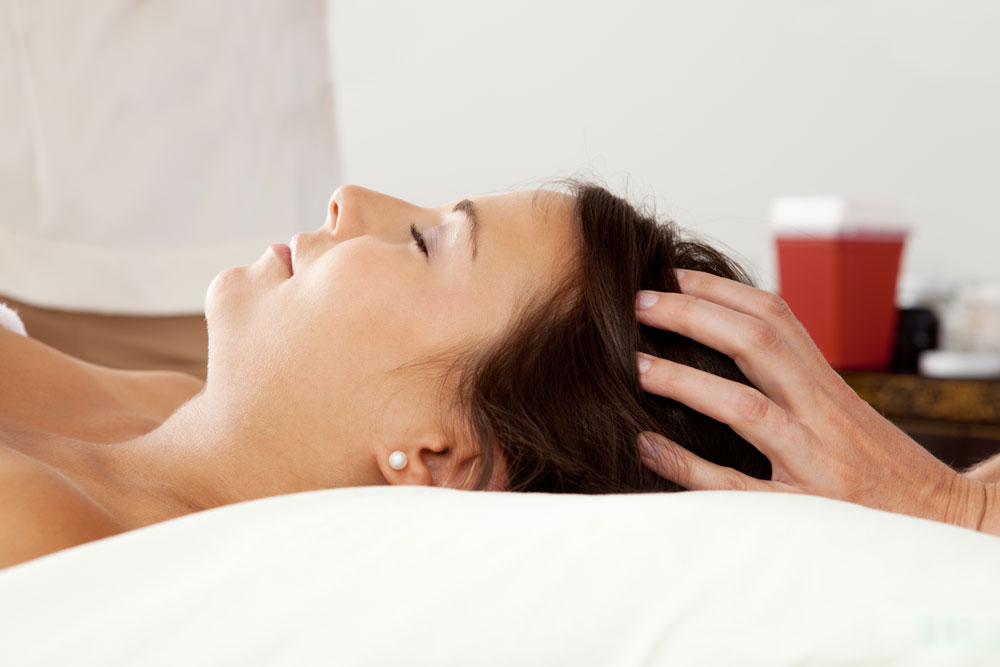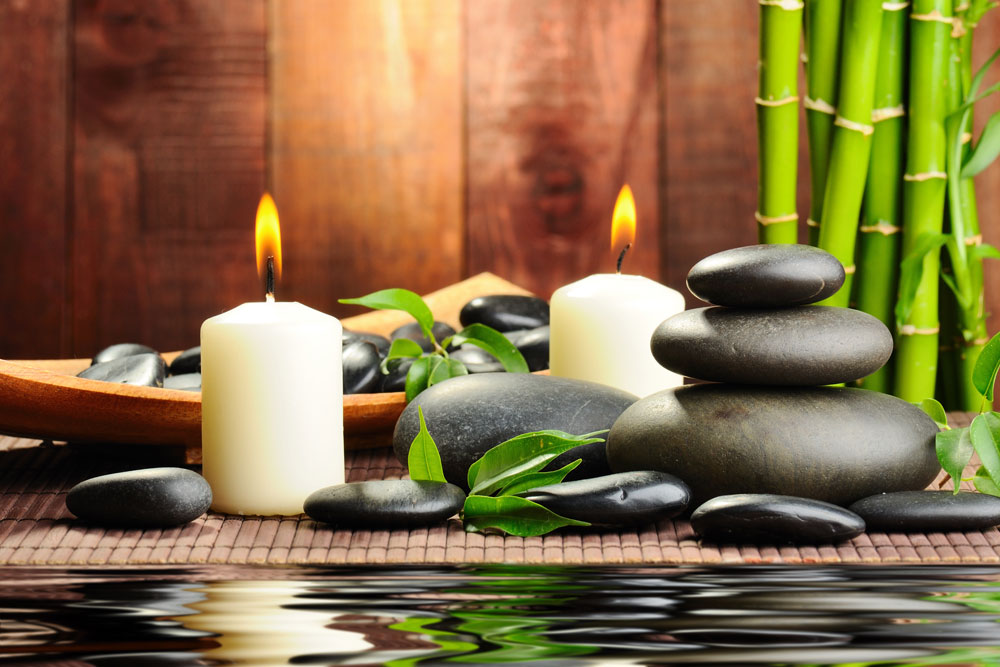All You Need To Know About Cupping Therapy
Cupping is an alternative therapy with its origin in China and Egypt. It involves creating suction by placing cups on the skin. Suction facilitates healing through blood flow. It is a holistic method of managing numerous diseases. Varying human civilization contributed to its continuation and historical development.
In modern medicine, cupping is useful in promoting health, prophylaxis, and management of various conditions. The Chinese believed cupping balances the positive and the negative energies within our bodies. We develop a defense mechanism against the pathogens through it, besides reducing pain and facilitating blood flow.
An increase in blood flow helps in relieving muscle tension. The resultant effect is stimulated angiogenesis within the tissues, growth of connective tissues, and cell repair promotion.
Types of Cupping
Initially, the practitioners used animal horns in cupping therapy. It then transformed into bamboo and later ceramic. The creation of suction was through using heat, with cups heated before placing onto the skin. Currently, cupping is done by using glass cups, resembling balls but open on one end. Cupping categories applied in modern medicine include:
1. Wet cupping
It incorporates both controlled medicinal bleeding and suction.
2. Dry cupping
It applies the suction method only.
The best method to use should not give you sleepless nights. Your physicians will determine the most suitable way for you.
How Does Cupping Treatment Works?
During the treatment, the cup is put onto your skin then heated. The heating is possible using paper, herbs, or alcohol put into the cup directly. Some modern practitioners prefer rubber pumps to the traditional heating methods for creating suction. With the hot cup onto your skin, the air within the cup will cool, creating a vacuum that draws your muscle and skin upwards into the hot cup. Your blood vessels will respond to the difference in pressure by turning your skin reddish.
If the practitioner applies the dry cupping method, the cup will be set for a specific time, typically about five to 10 minutes. For wet cupping, the practitioner places the cup for a short time before removing it. The practitioner then draws blood by creating a small incision. Upon removing the cup, the practitioner may use bandages and ointments to cover the areas already cupped.
Note that this is instrumental in preventing infection. Marks or mild bruises disappear within ten days of therapy completion. Some people may enjoy the sensation while others may not. It is critical to remember that it is normal for either dark brown, purple, red, or pink marks to appear in the treated region.
Practitioners may carry out acupuncture treatment and cupping concurrently. To obtain excellent therapeutic results, you should fast or take lighter meals about two hours before beginning the cupping sessions. Note that different cups exist, including bamboo, silicone, and glass. Their application also differs. Sometimes, your practitioner may opt to use just a cup or two of them.
The popular cupping types used by most practitioners are sliding and stationary. After completing therapy, it is advisable that you take wholesome food, drink a lot of water, cover-up, and keep warm. In addition, avoid showering or swimming within three hours after the completion of the cupping session.
Conditions Managed by Cupping
Cupping is effective in managing numerous conditions. More so to conditions that lead to muscle pain and muscle aches. The therapy effectively addresses skin conditions, digestive problems, and more conditions that rely on acupressure treatment. The healing power of cupping is greater than the placebo effect. Cupping is effective against cervical spondylosis, lumbar disc herniation, acne, dyspnea, cough, facial paralysis, and shingles.
Side Effects of Cupping Therapy
Cupping lacks severe side effects, with most of them appearing during the therapy sessions or immediately after the session is complete. During the sessions, you may feel dizziness or light-headedness. Nausea and sweating may also occur. Upon completion of therapy, your skin may have a circular mark, which is irritating. You will also experience little pain at the incision sites. Slight dizziness or light-headedness may even last for a short while upon completion of therapy.
Note that there is a risk of infection after the cupping sessions. Still, if your practitioner took a lot of care in the process, such as embracing prophylactic methods before and upon completion, then you shouldn’t worry about it. Before beginning the sessions, the practitioner should clean your skin properly. Other possible risks are hematoma and scarring. To reduce the chances of infection, your practitioner should have goggles, wear disposable gloves, put on an apron, clean equipment, and get vaccines useful in preventing conditions such as hepatitis.
If you have any questions, reach out to the specific spas and practitioners that you are considering for cupping treatment. They will ensure your safety and protection by offering professional services and should be willing to answer any questions you may have. If you note any of the side effects or signs of infection, promptly inform your practitioner.
Safe Cupping
Note that not everybody is knowledgeable and skilled in providing cupping therapy. Not even all physicians are comfortable with this therapy; chiropractors, physical trainers, massage therapists, and acupuncturists probably have experience in this sector. If you decide to undergo cupping therapy, it is advisable to discuss it with your doctor to reach a consensus on the best method. Remember to maintain regular visits to your physicians to enjoy the best therapeutic outcome.
Cupping sessions are not suitable for the following group of patients:
- Females on their menstrual period.
- Pregnant women.
In these patients, desist from cupping their lower back and abdomen.
- Geriatric patients. As we get older, our skin gets more fragile. Cupping may worsen the situation.
- Children.
If you are interested in cupping therapy and a massage, schedule an appointment with Qi Massage & Natural Healing Spa today. Call us at (336) 407-6644 to schedule an appointment.
